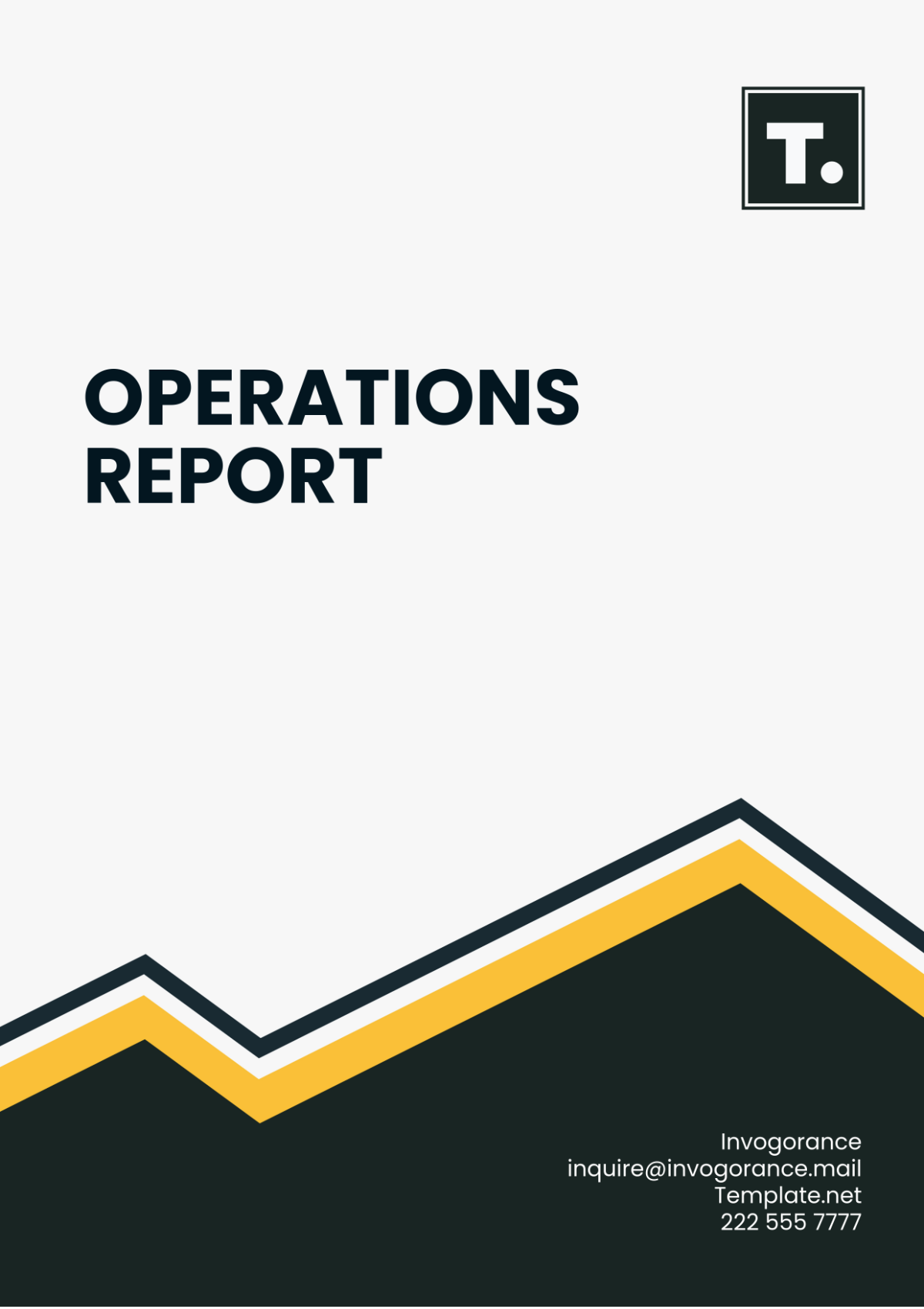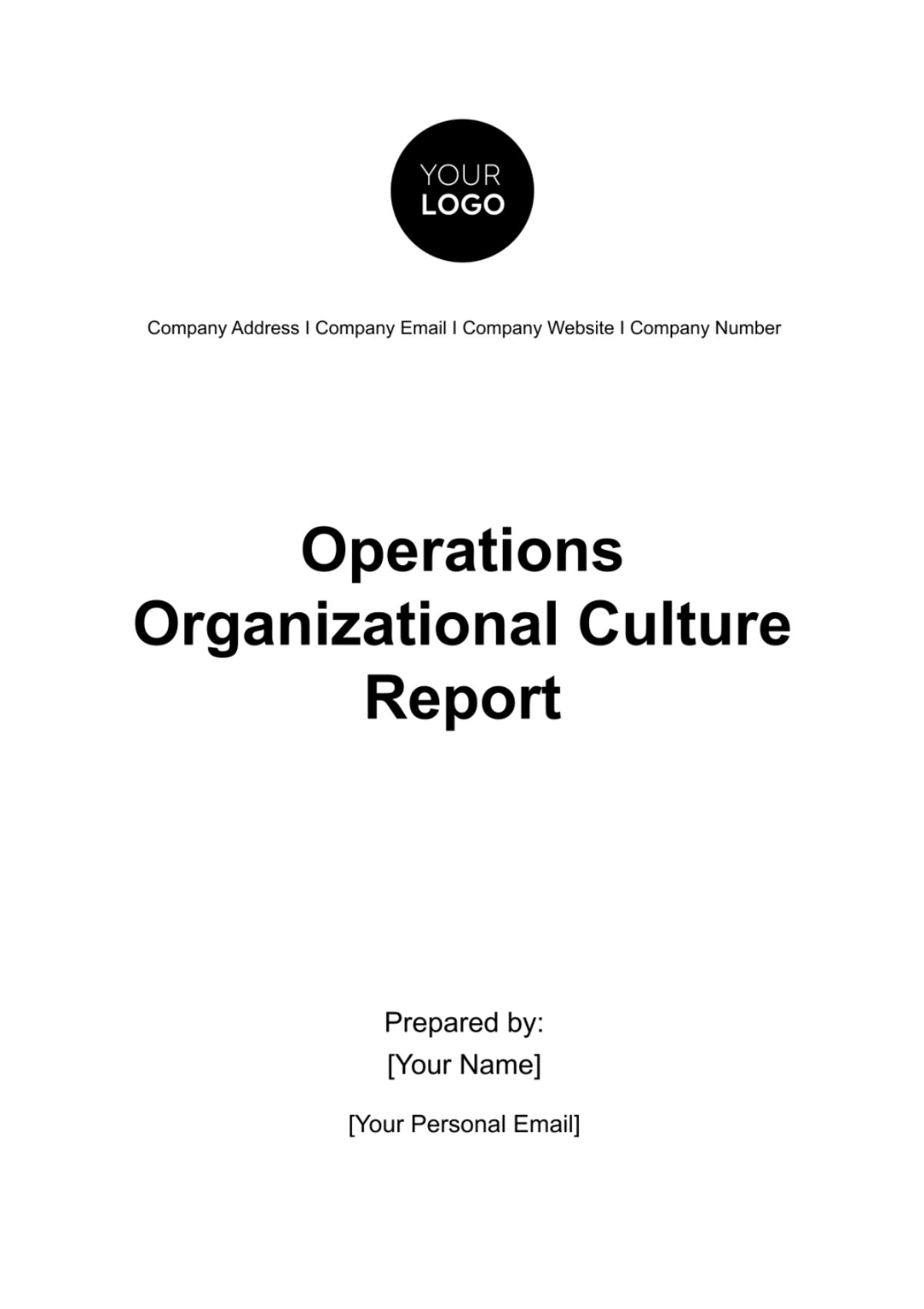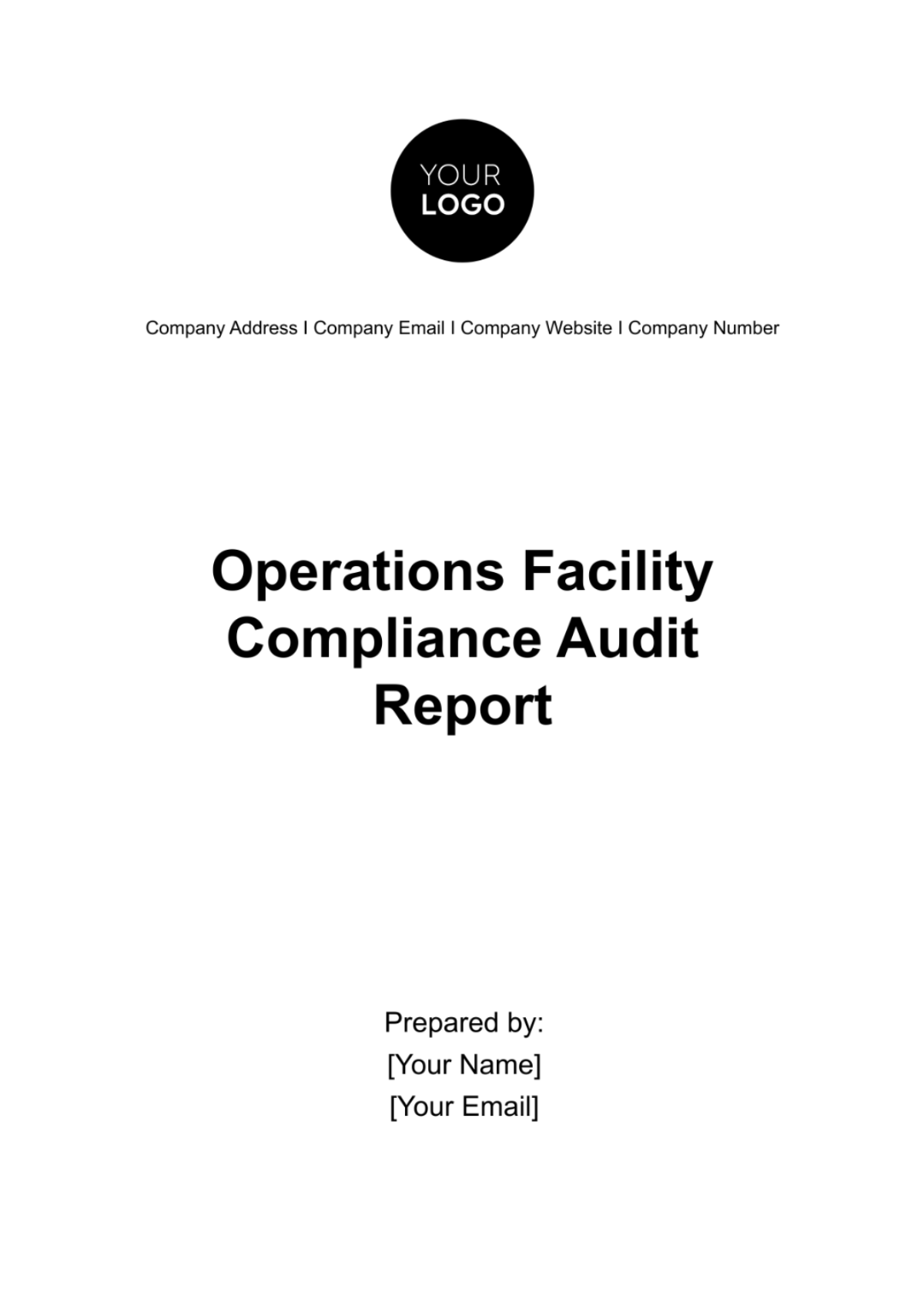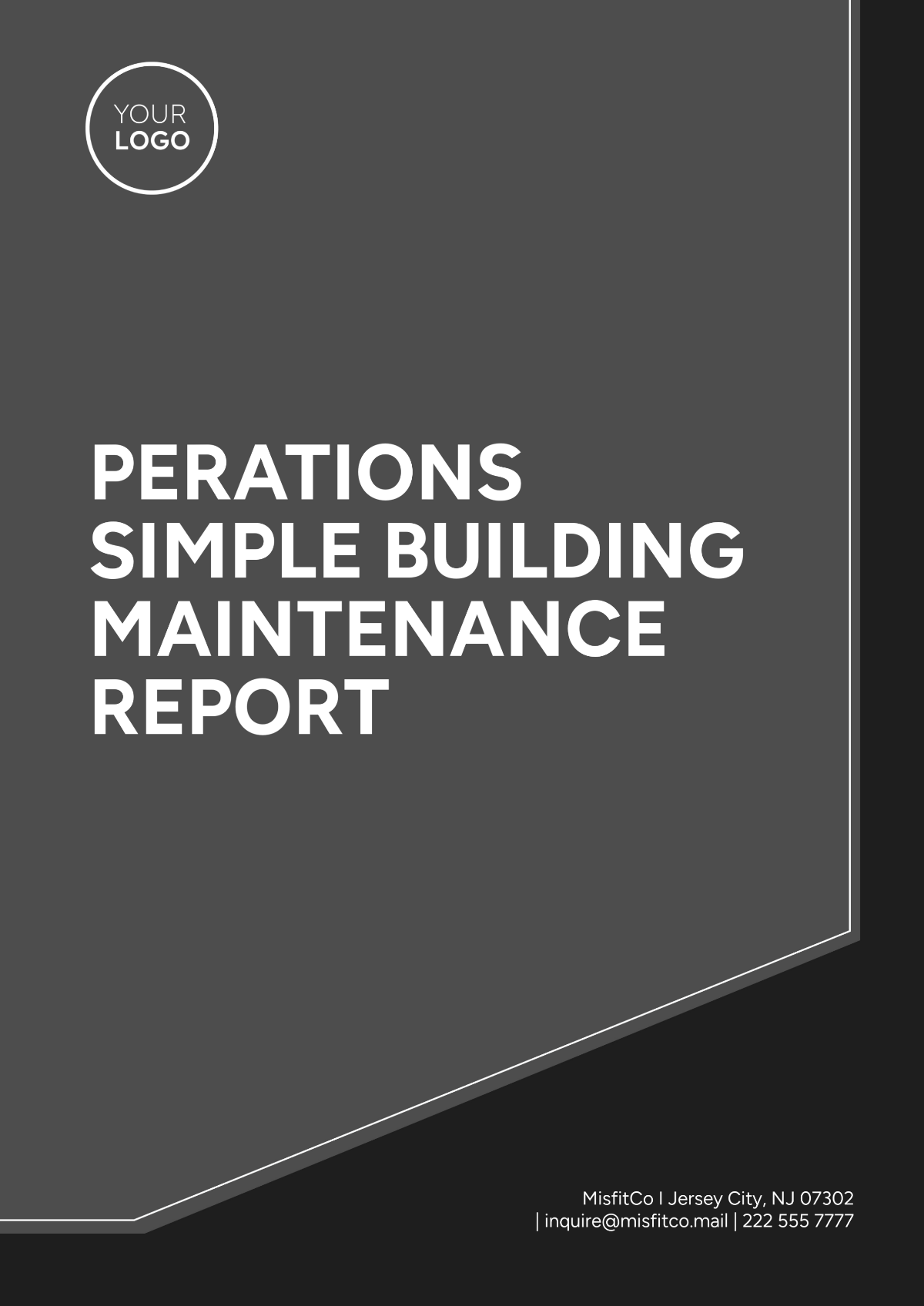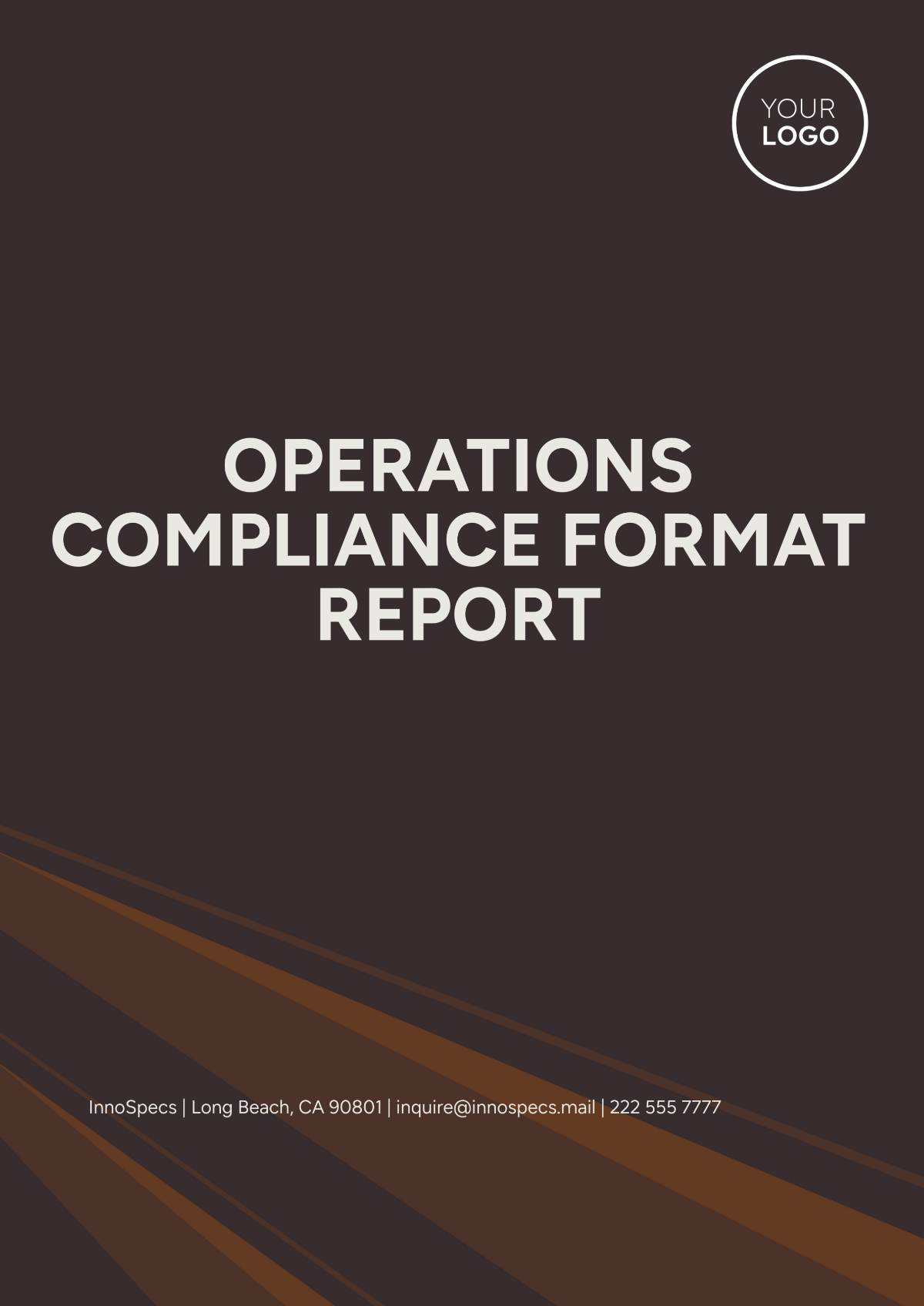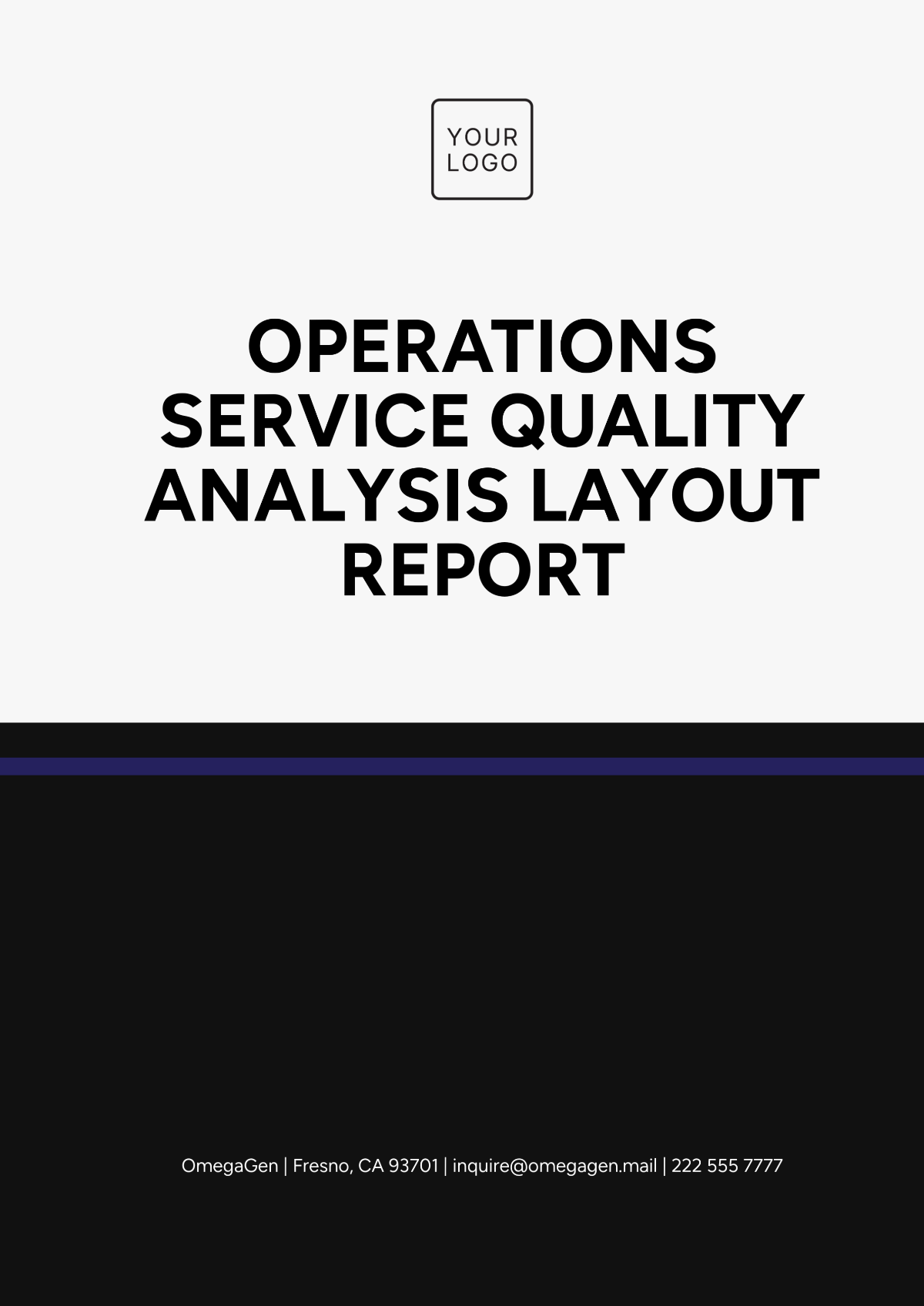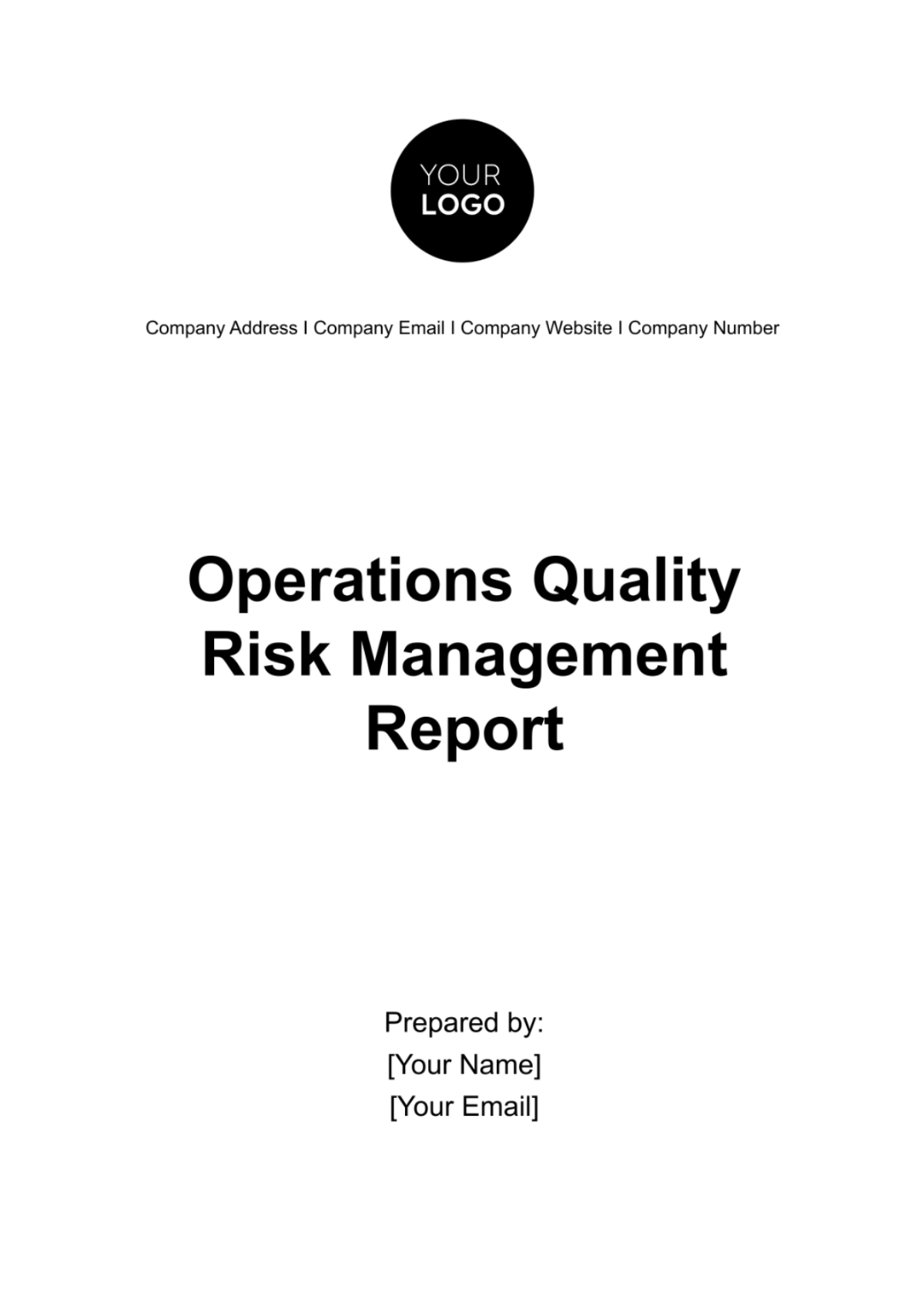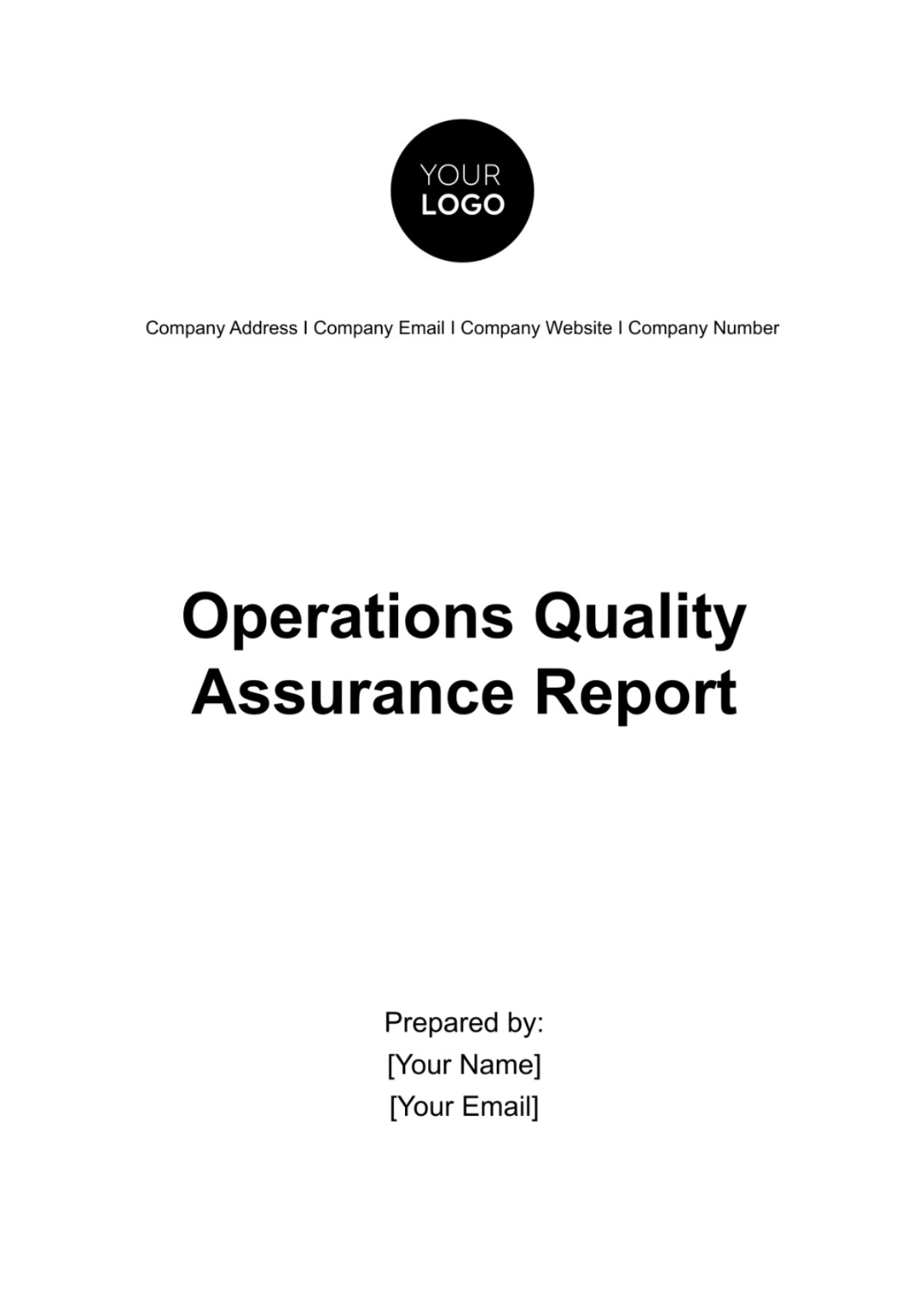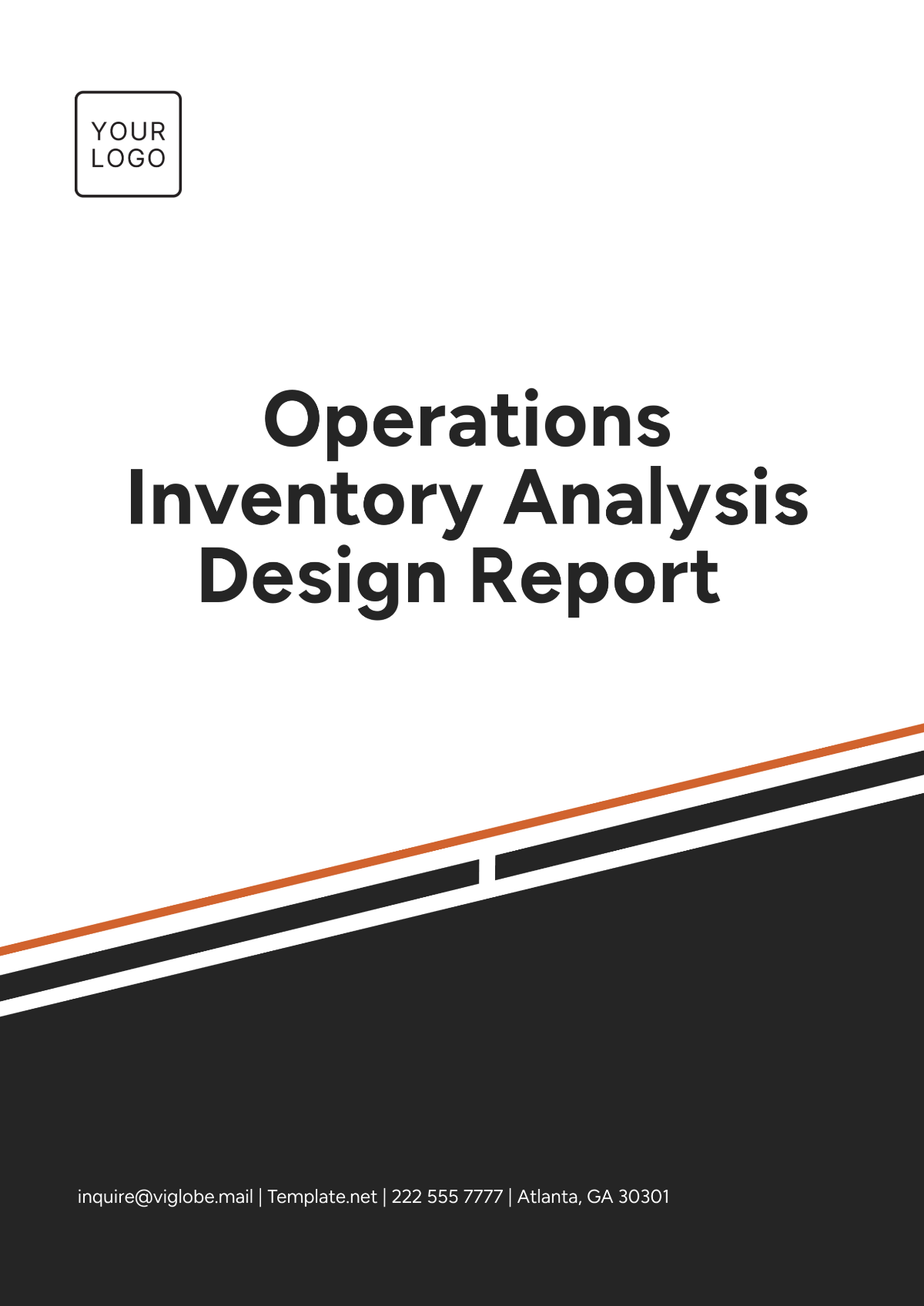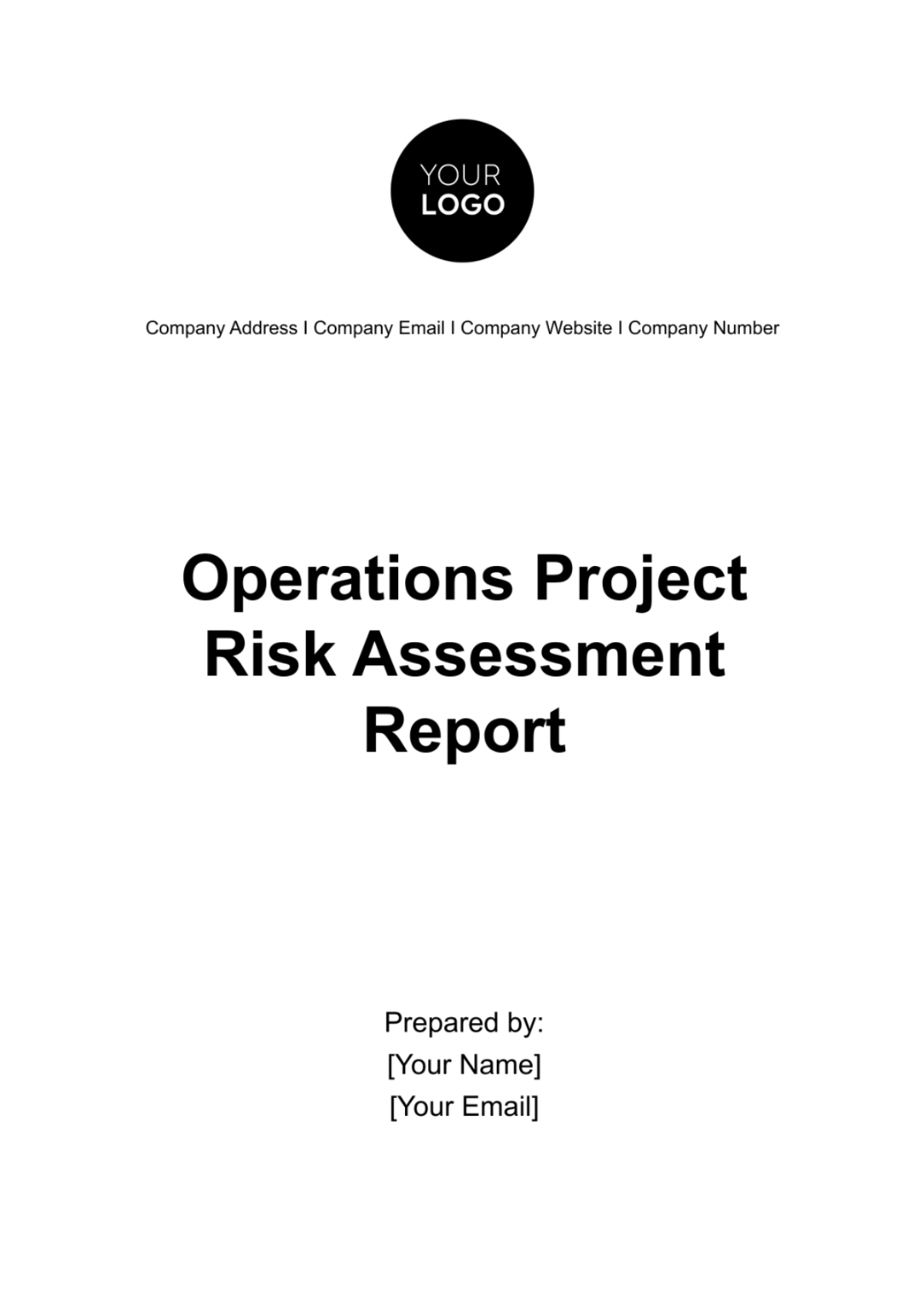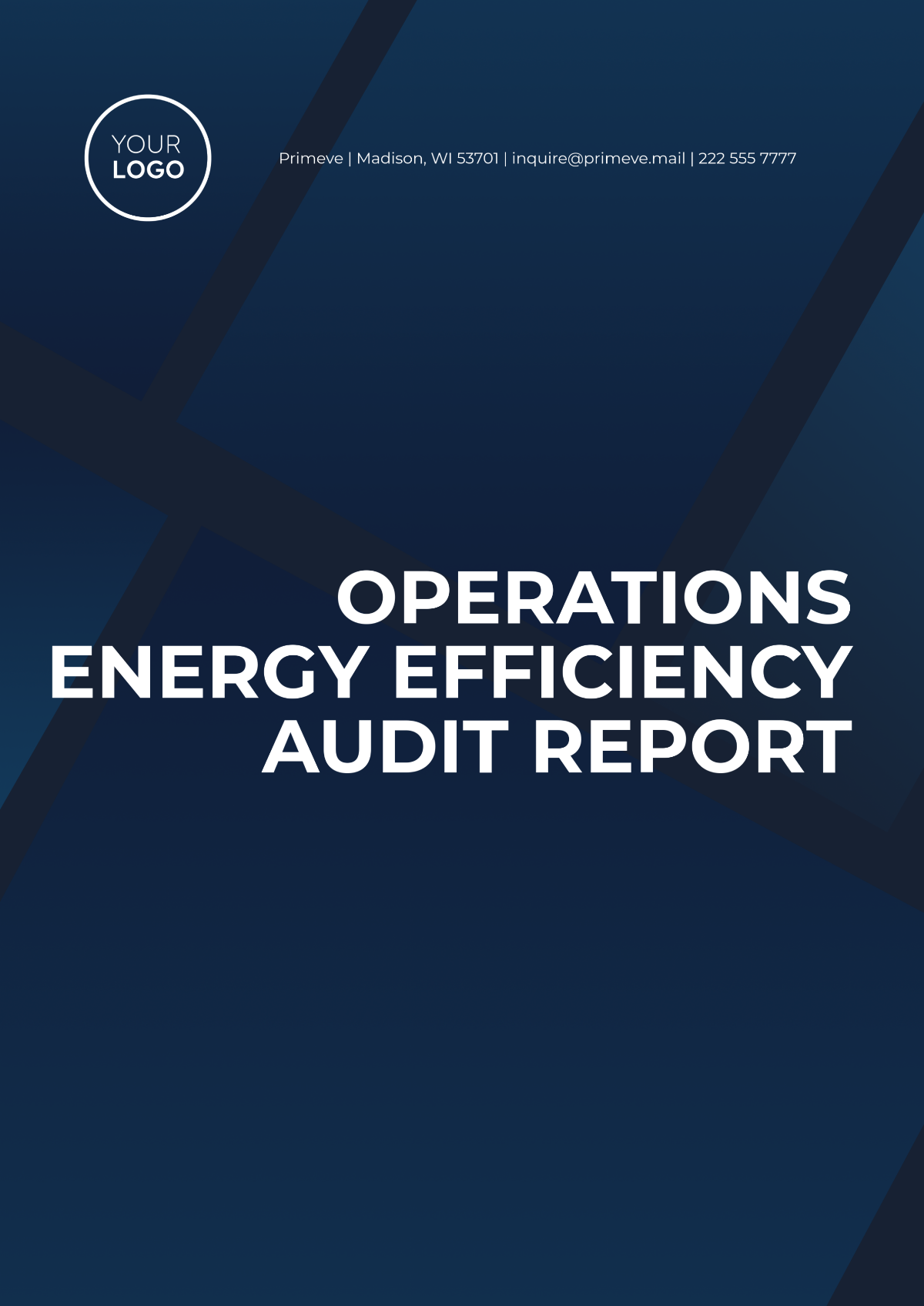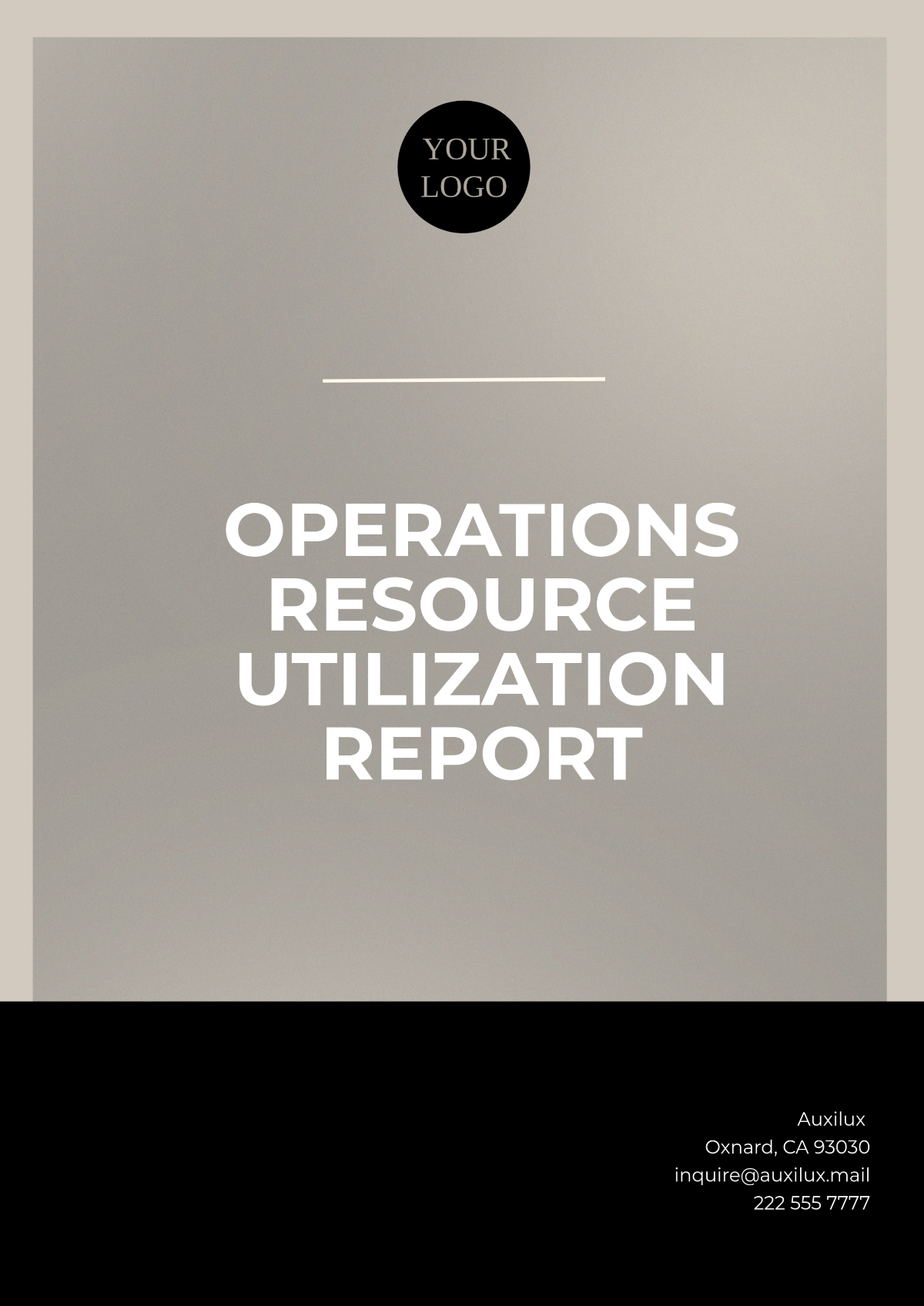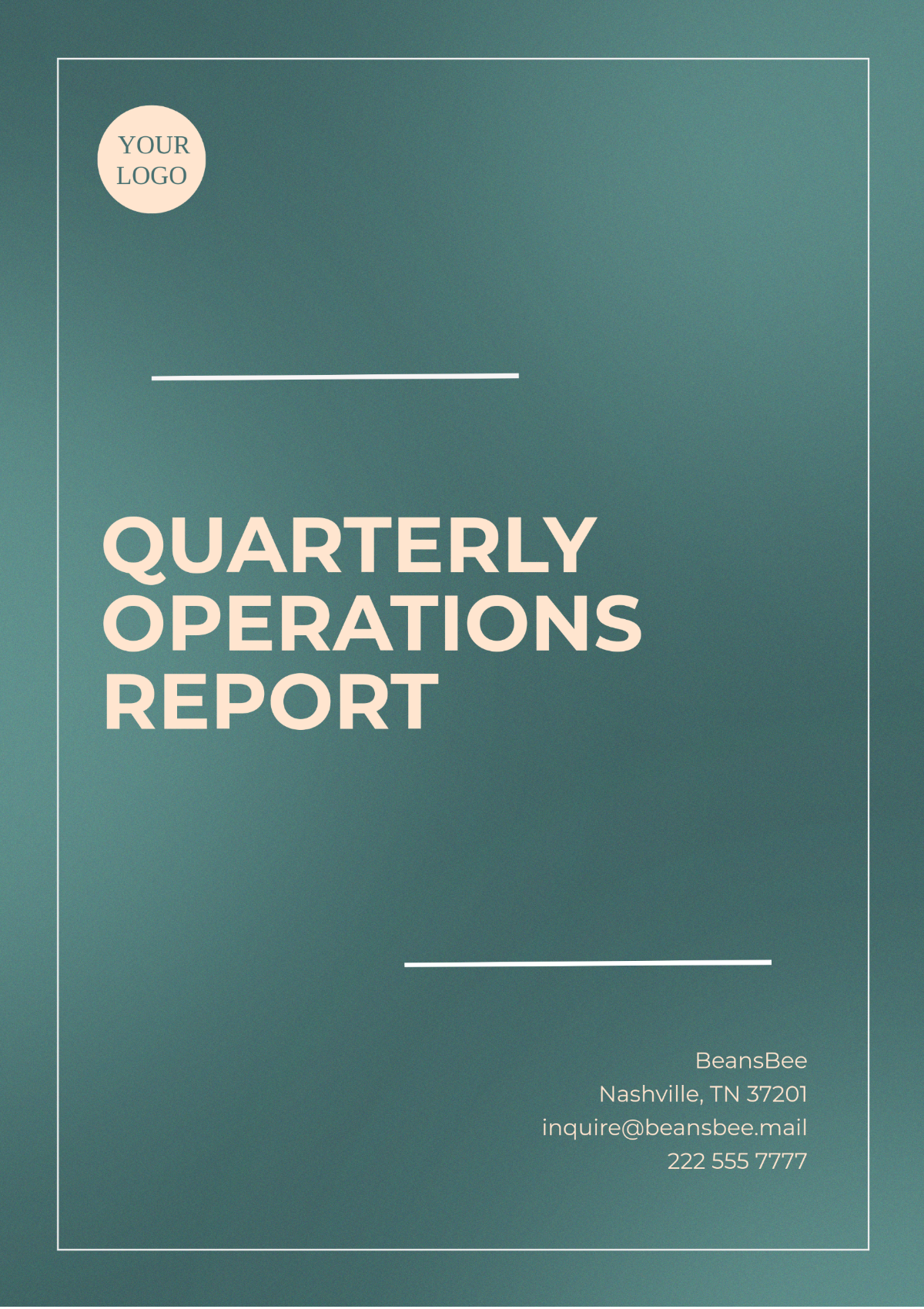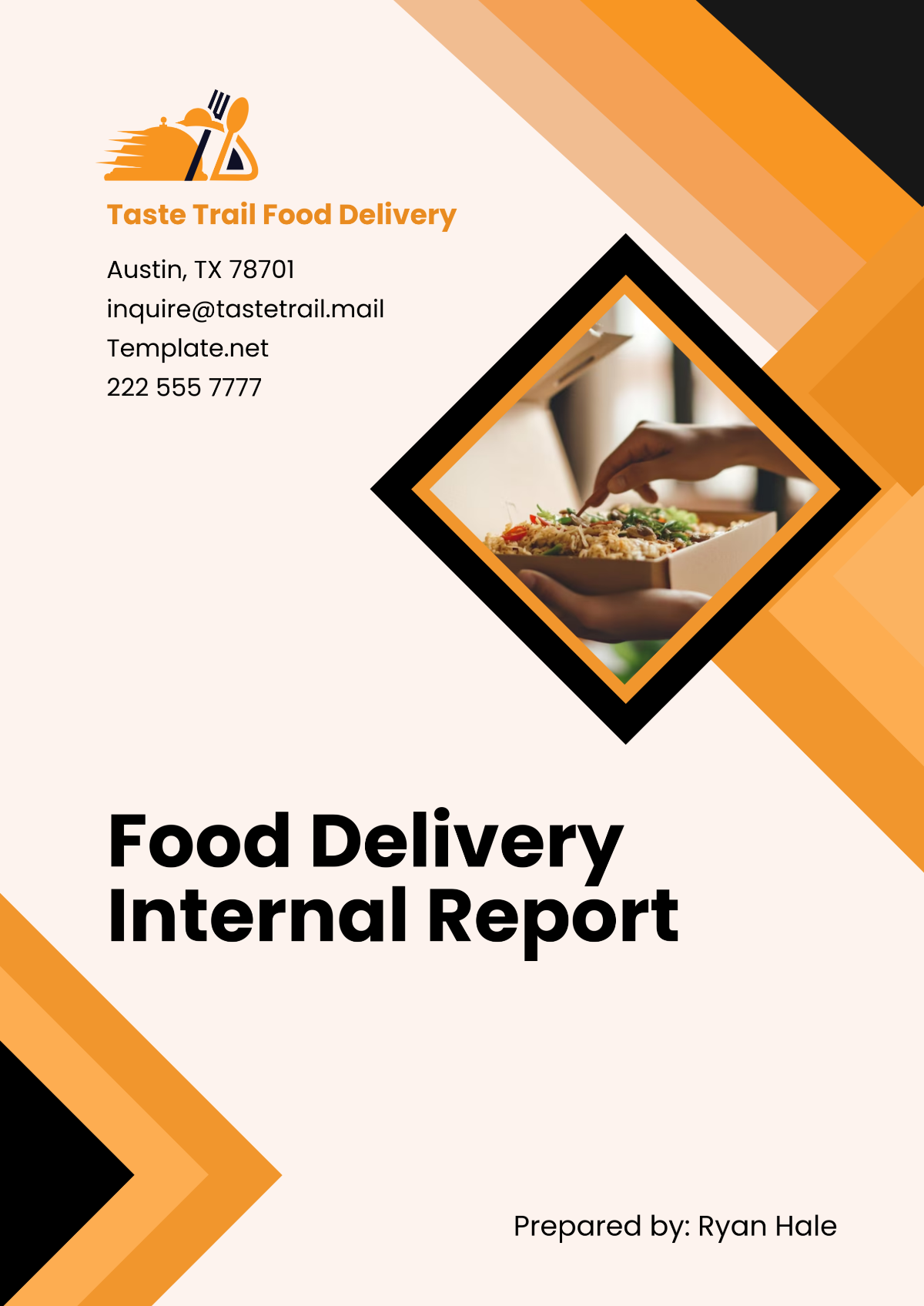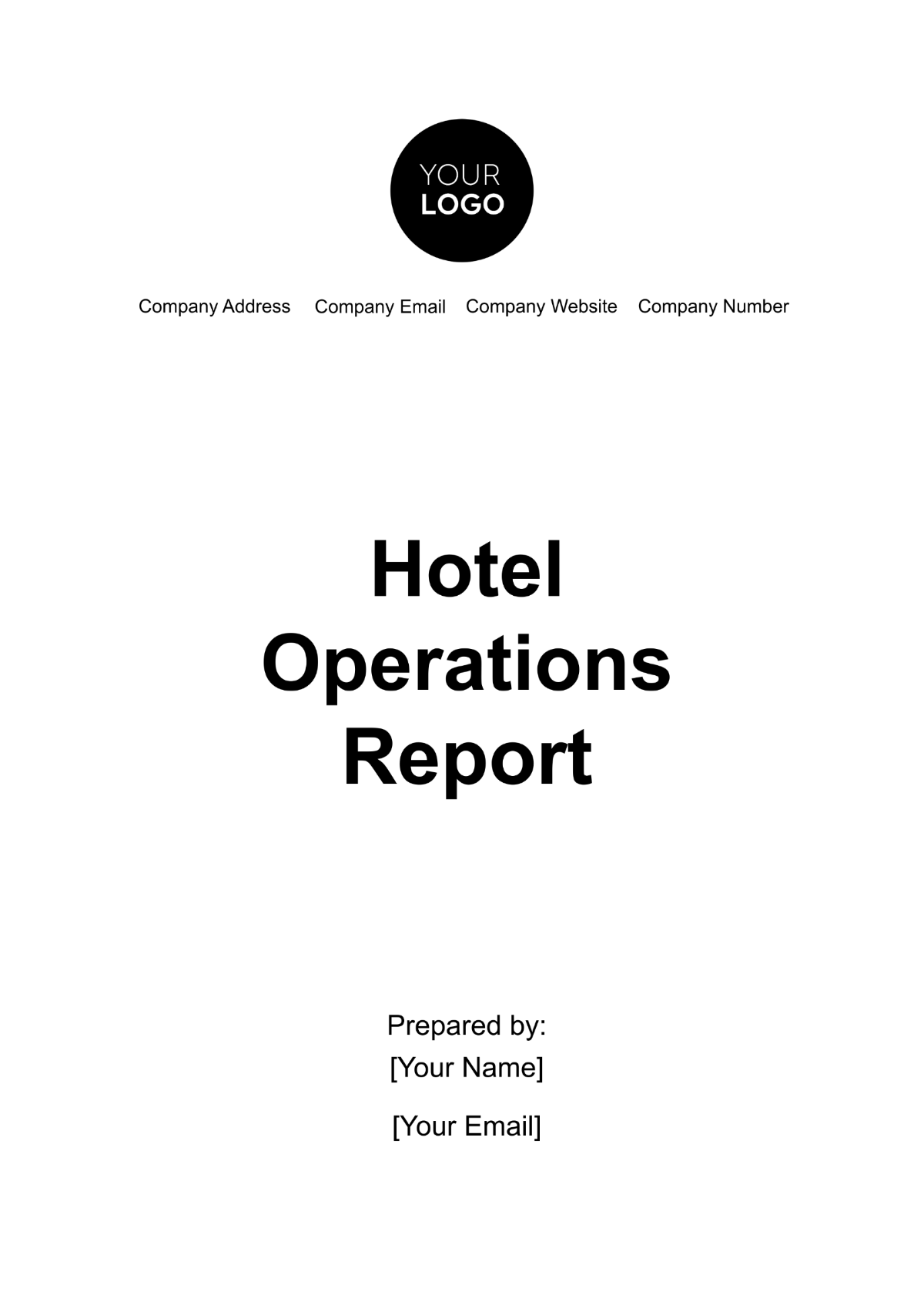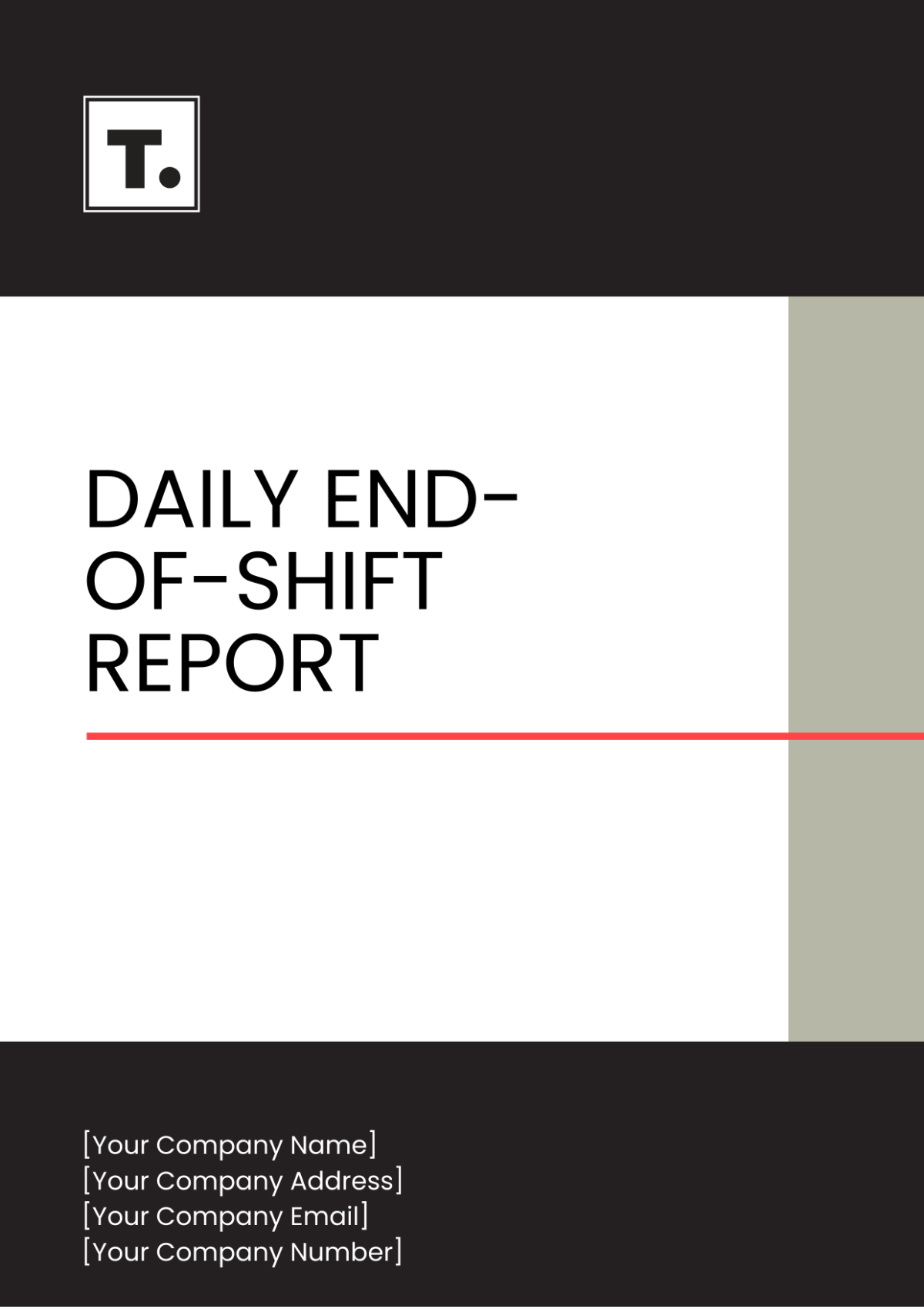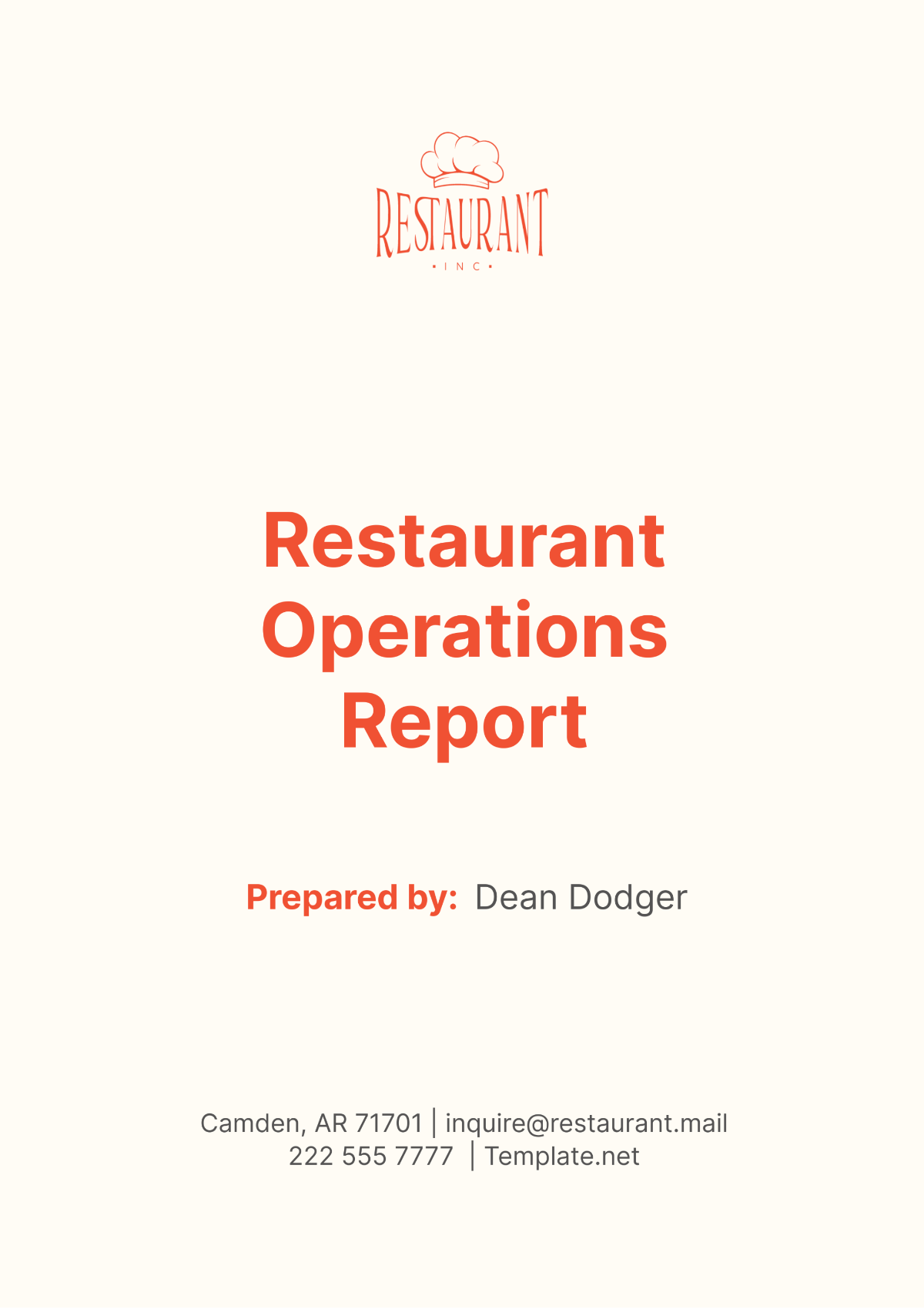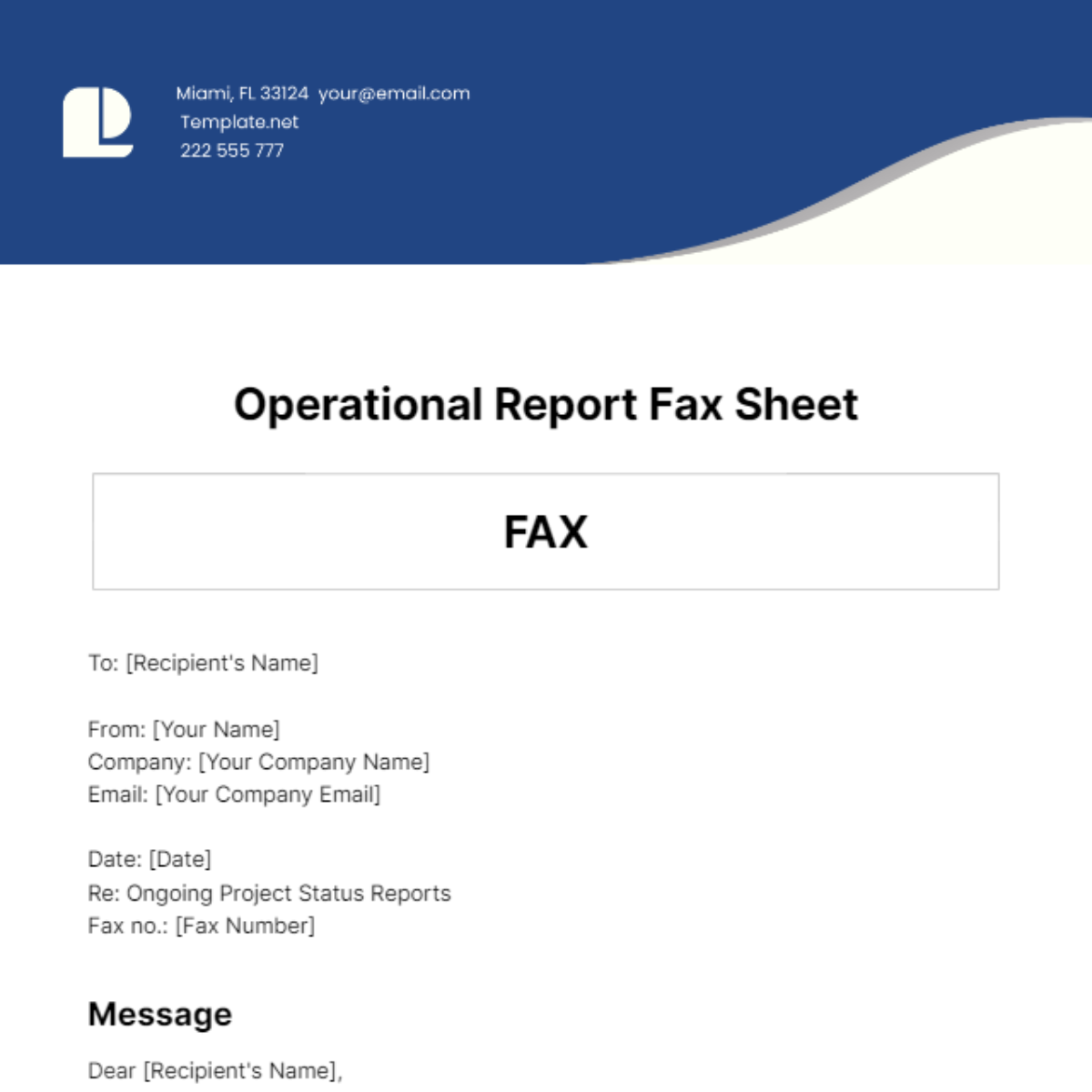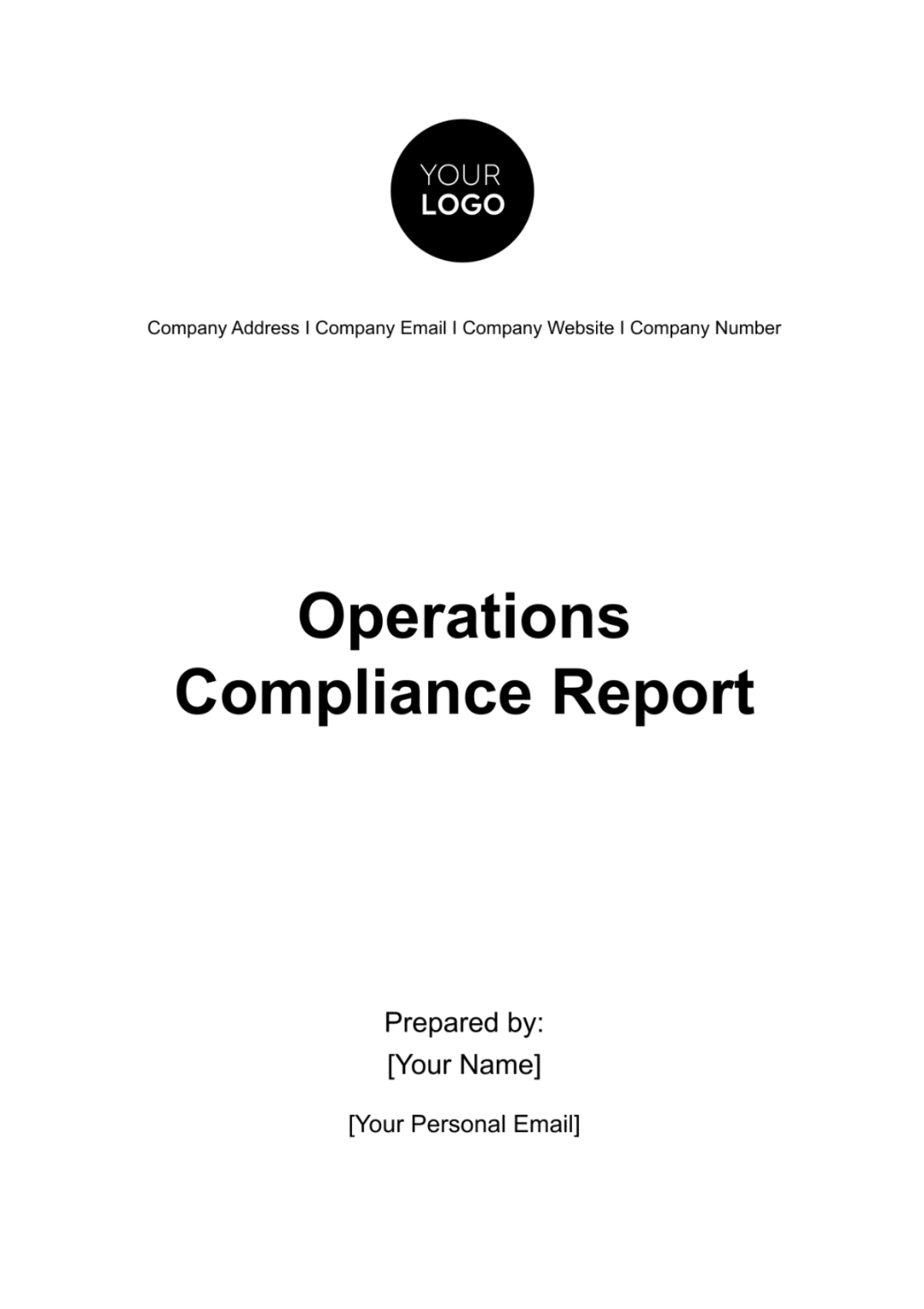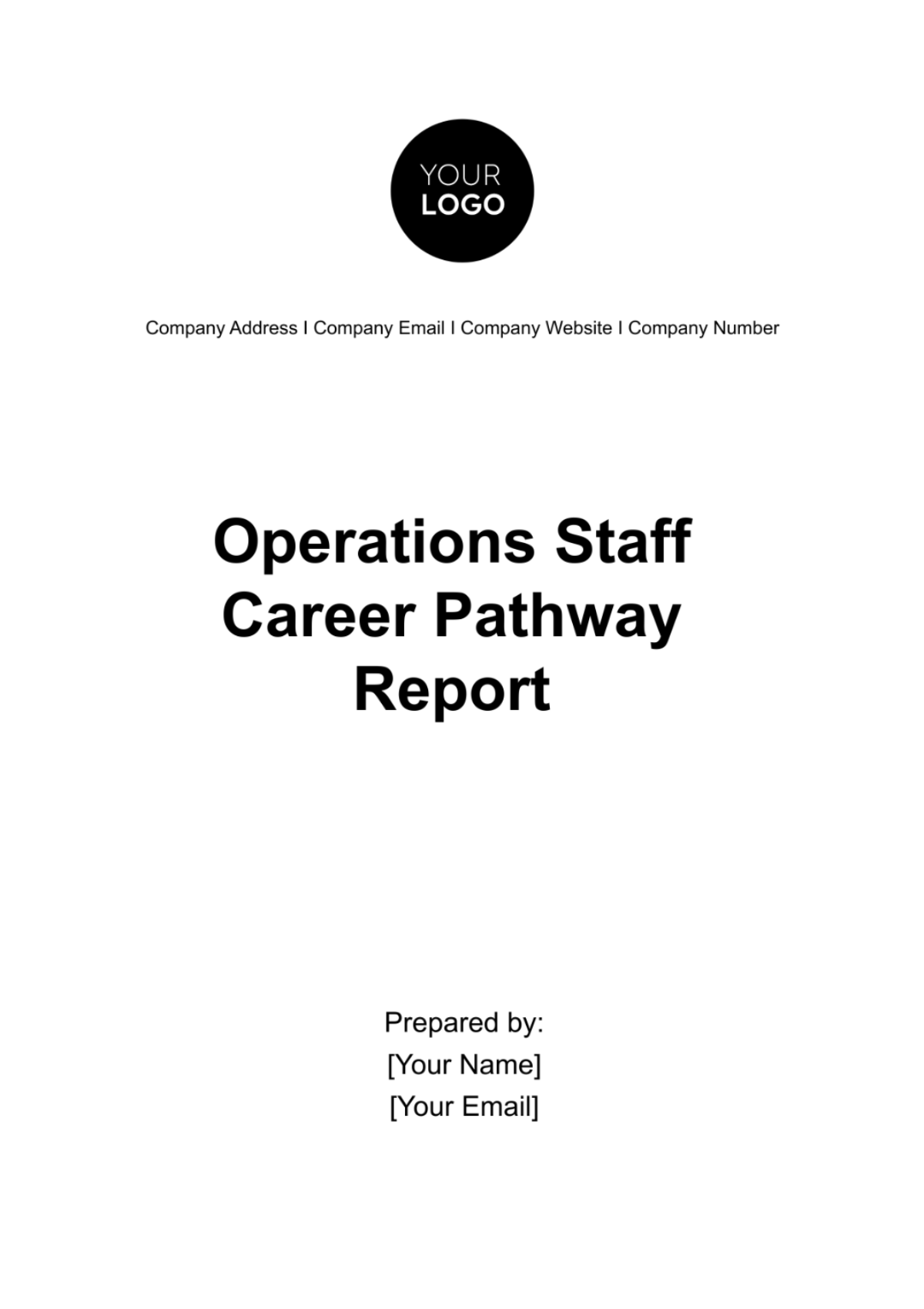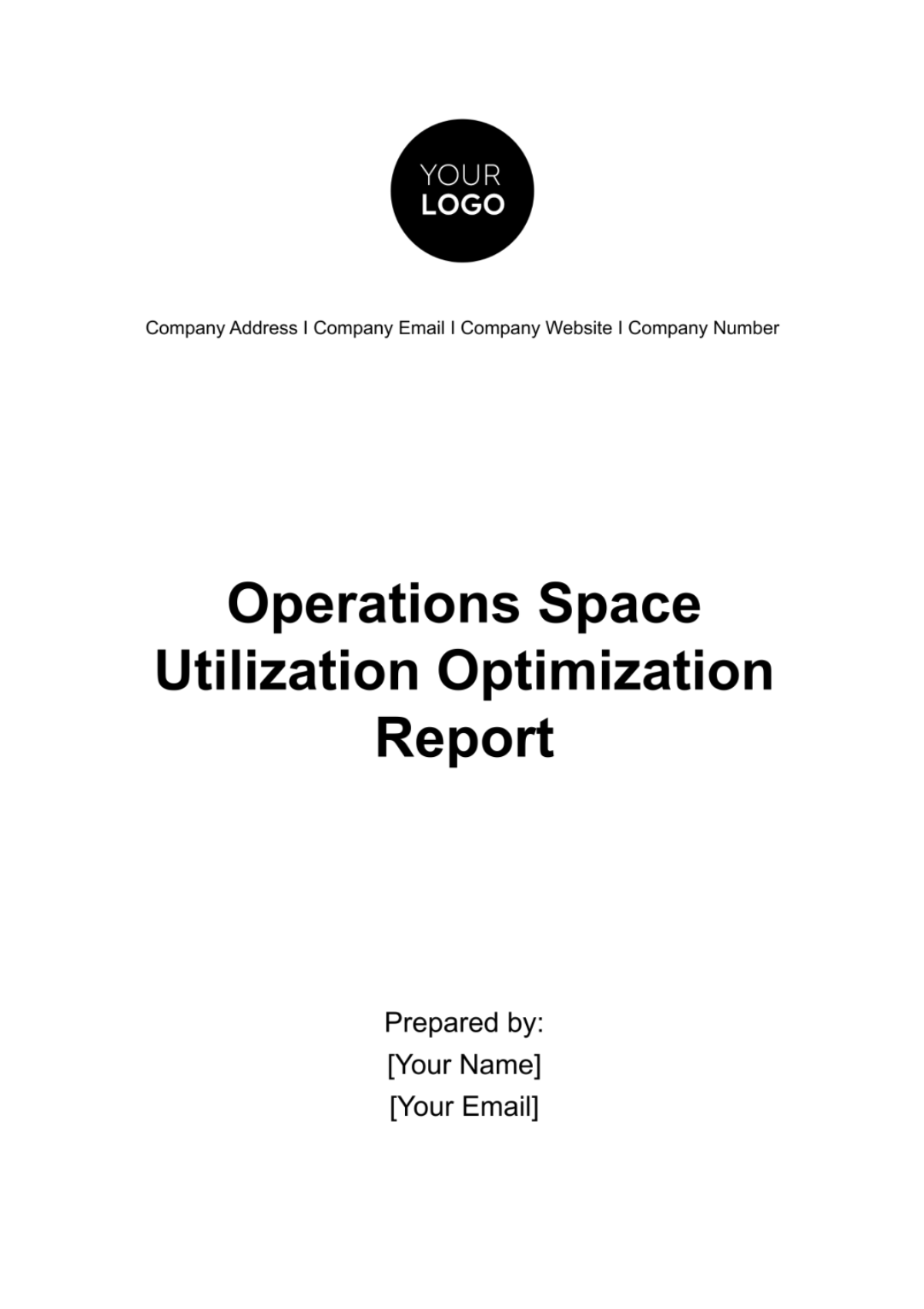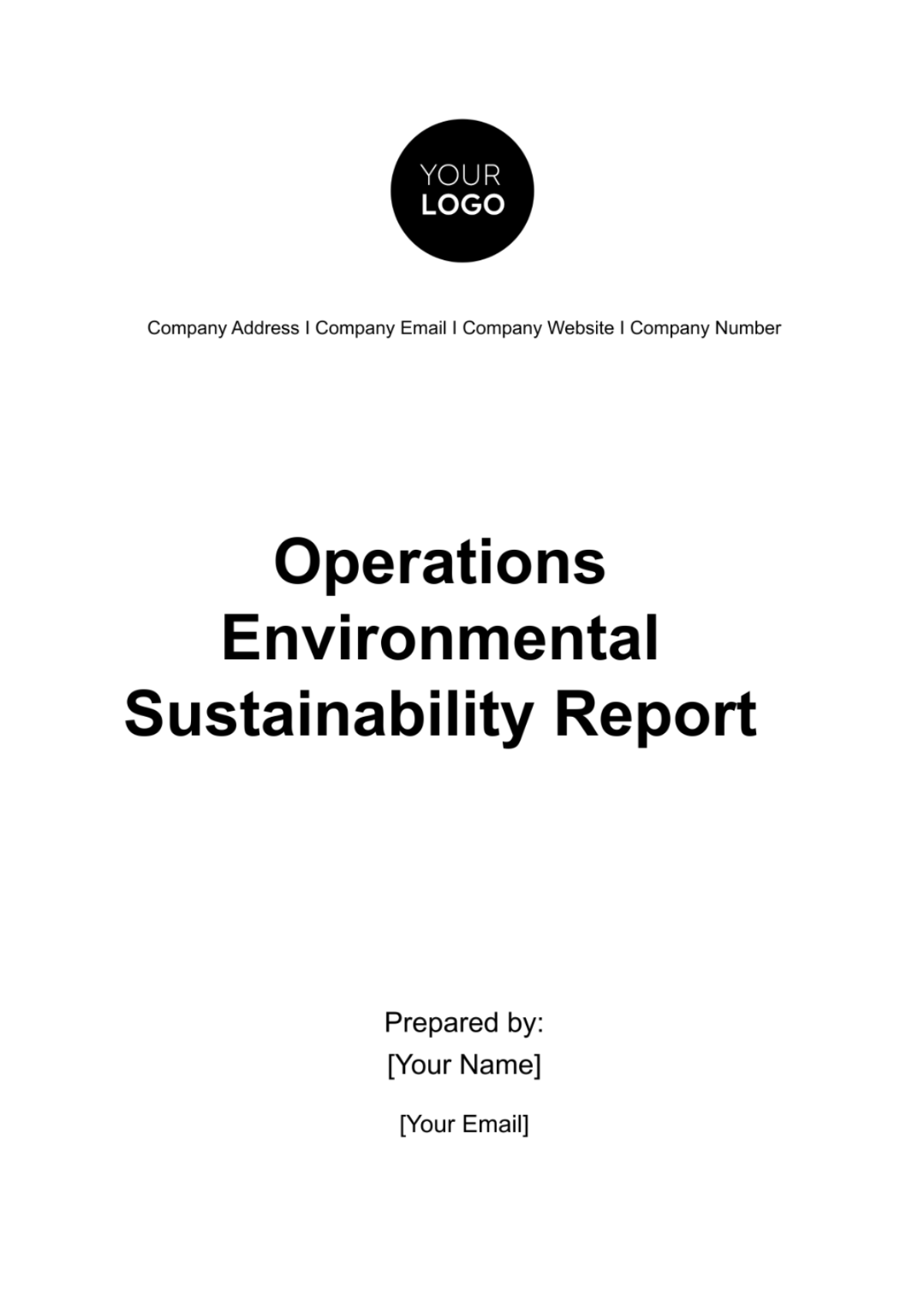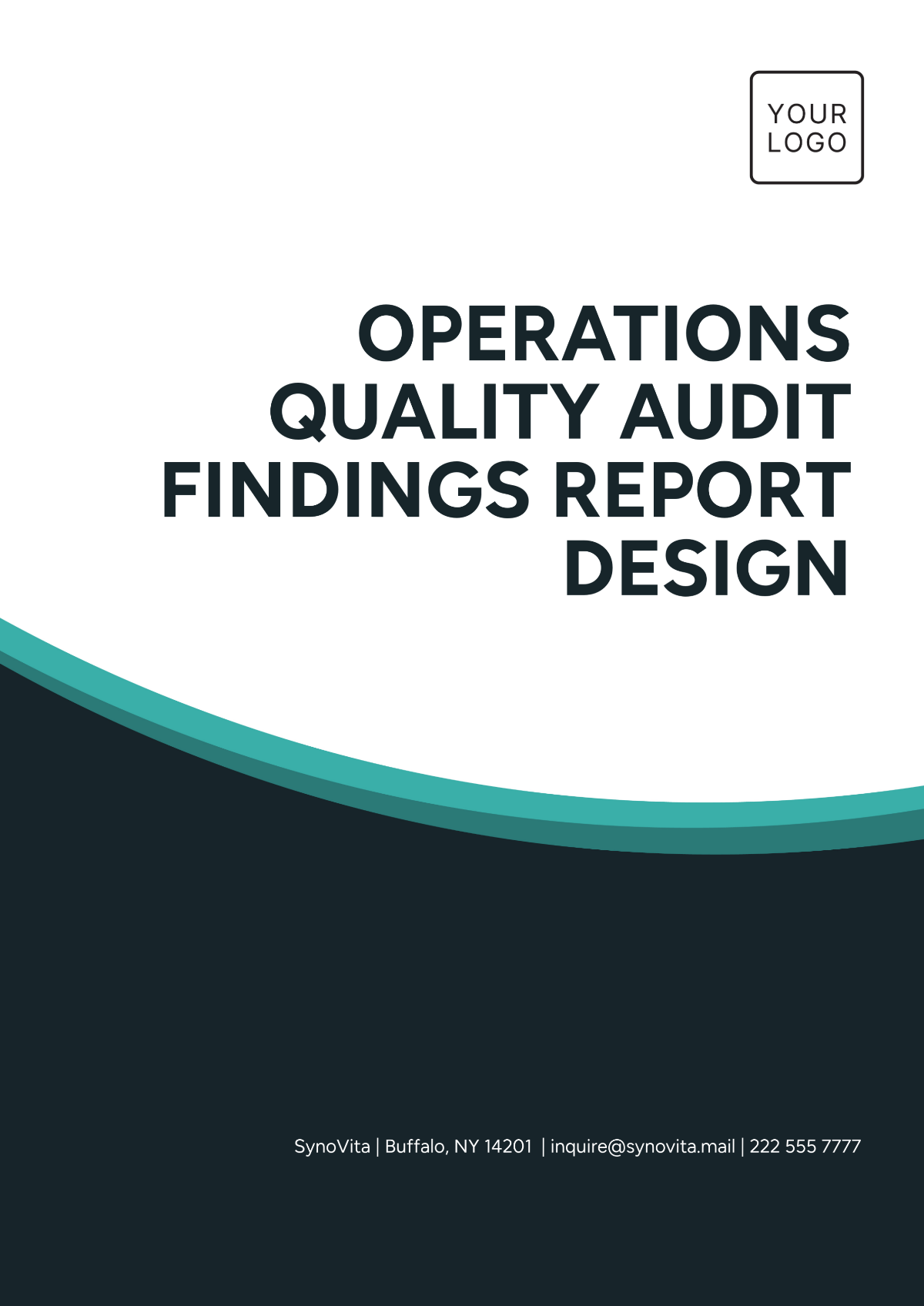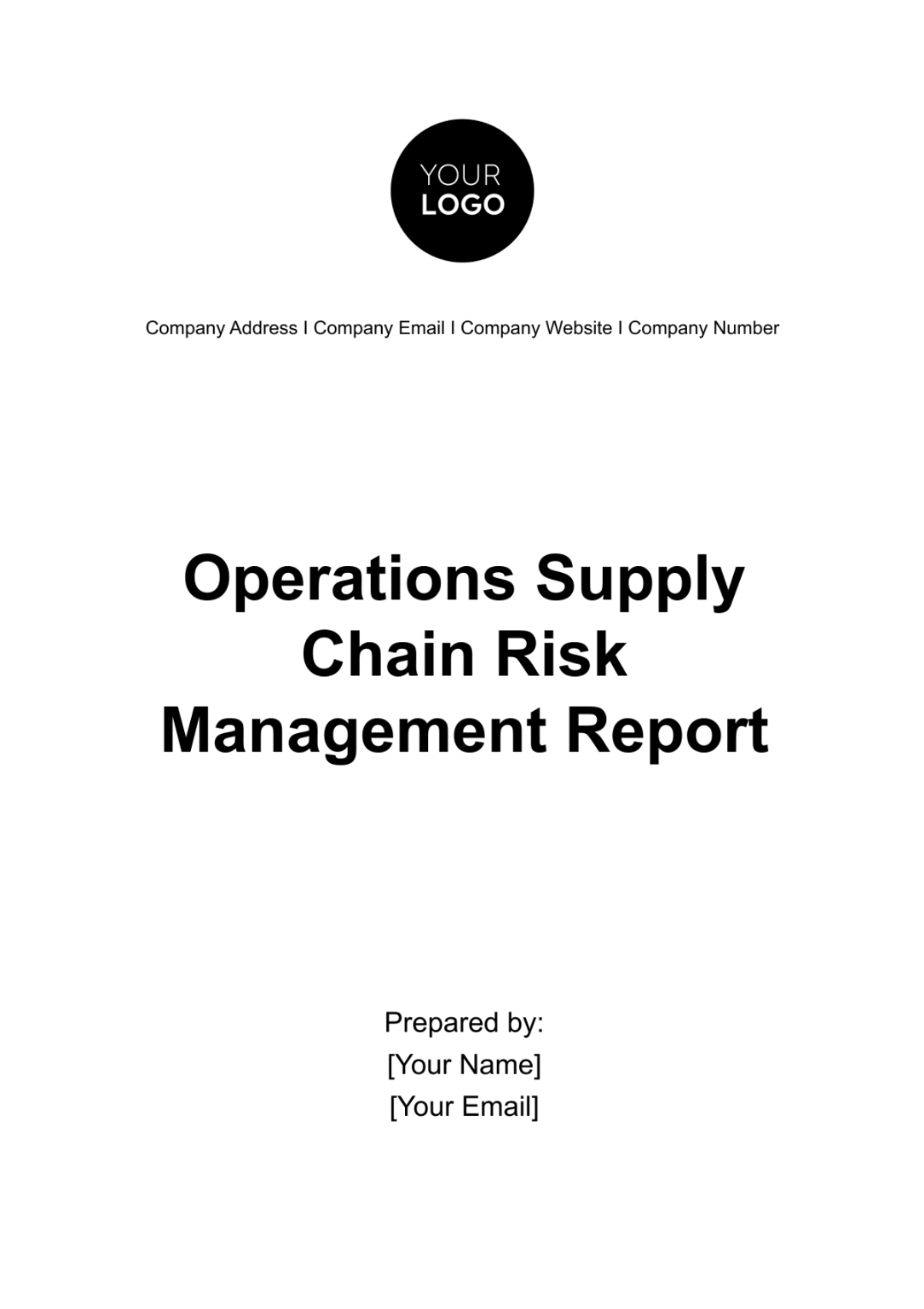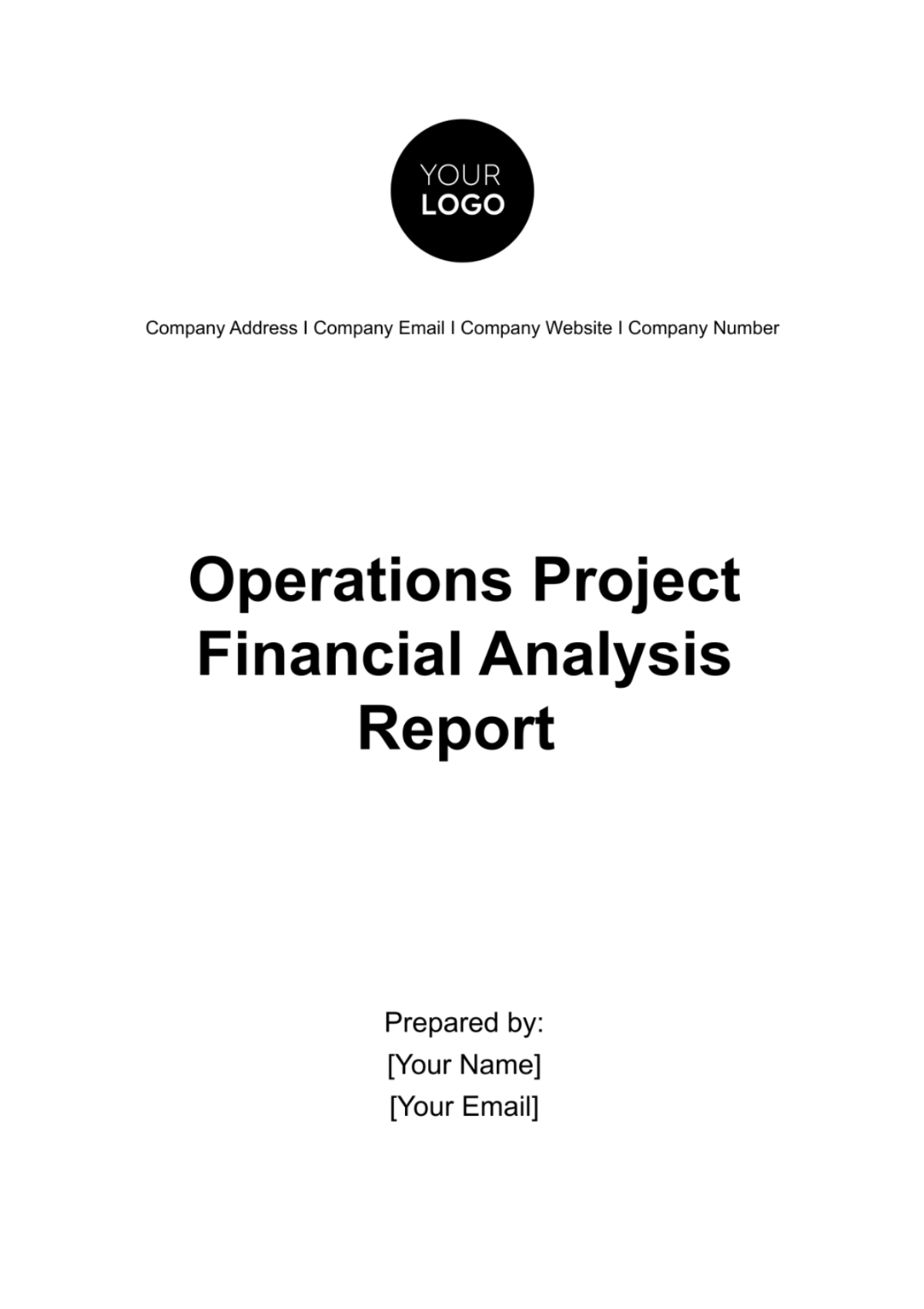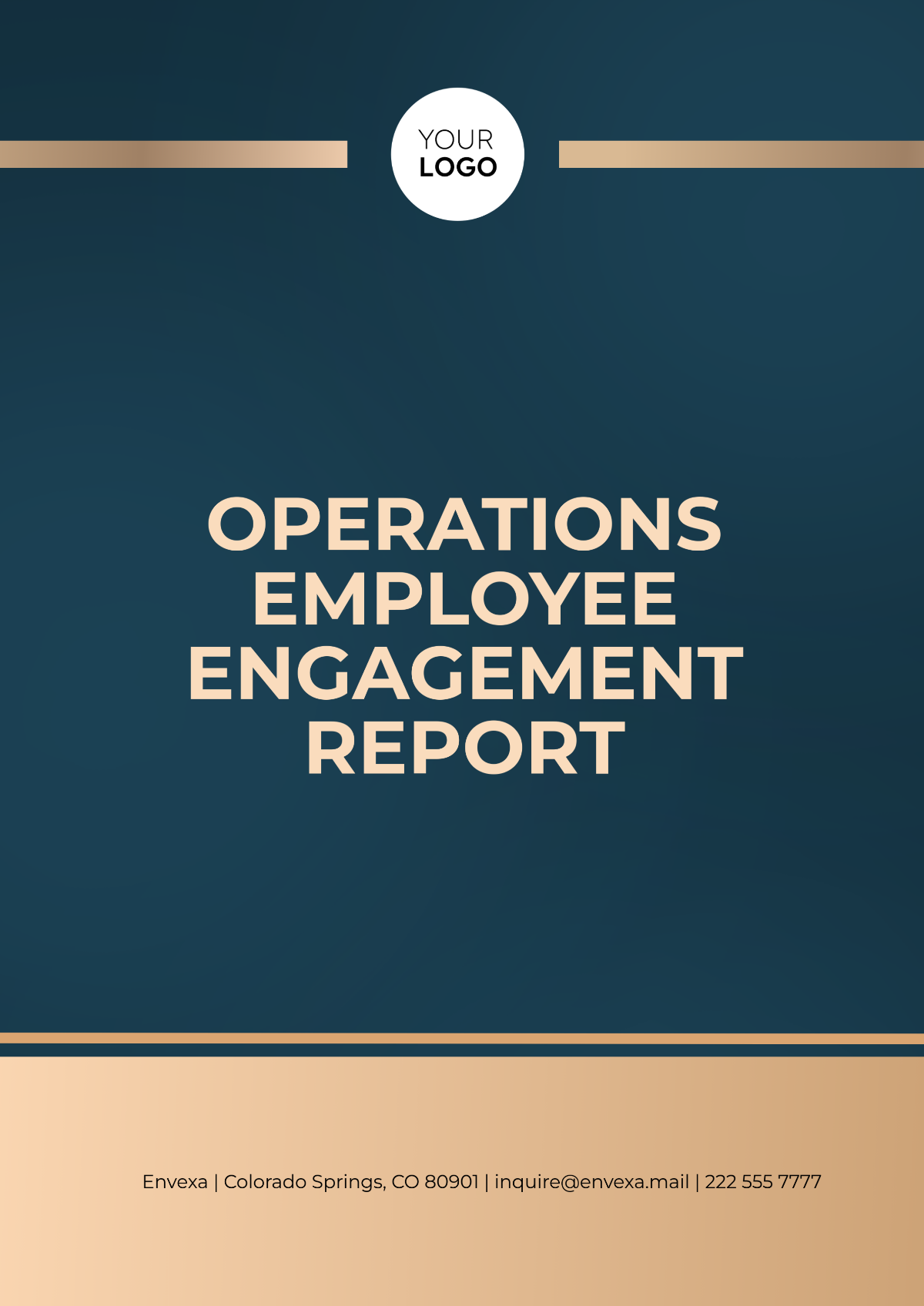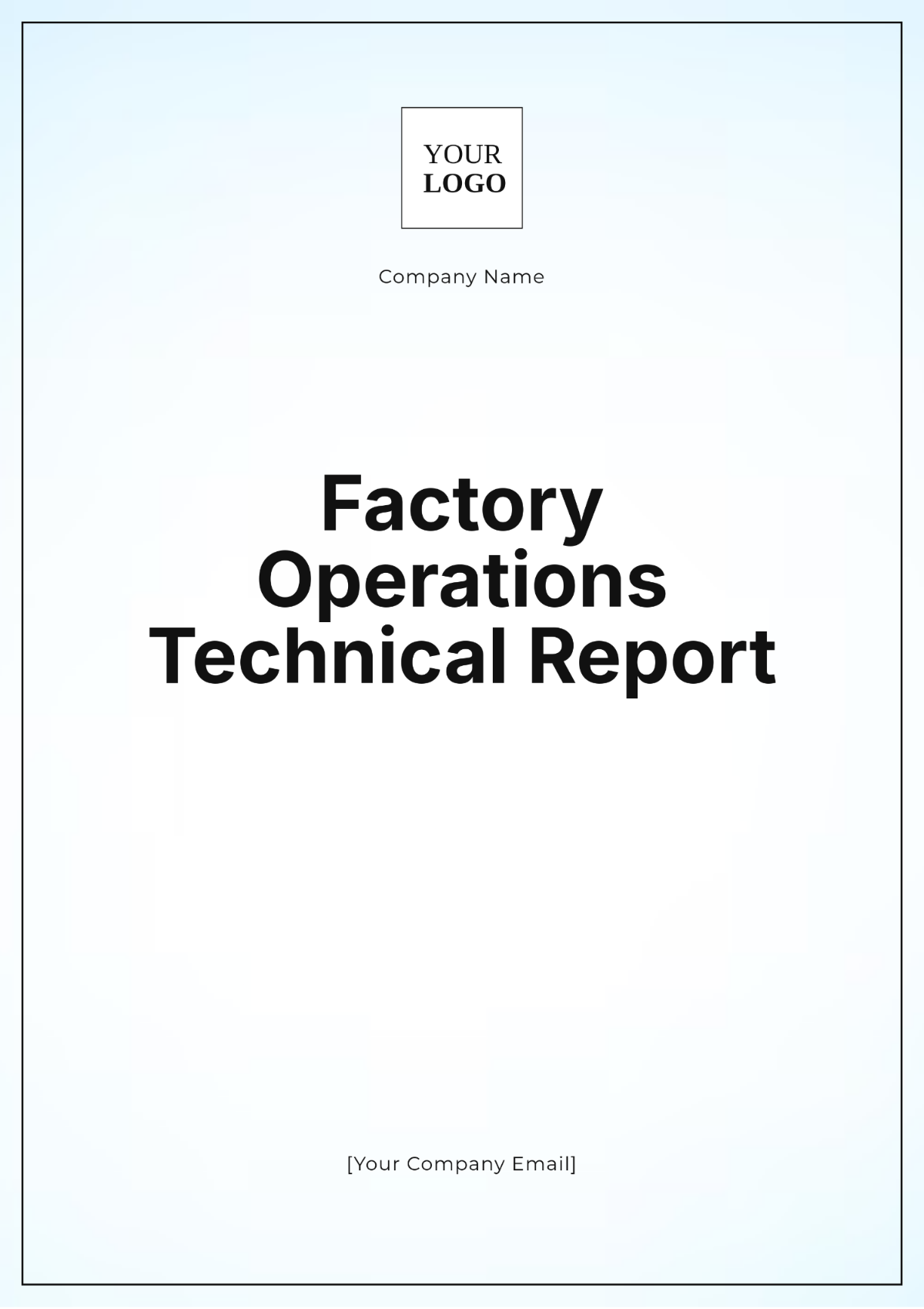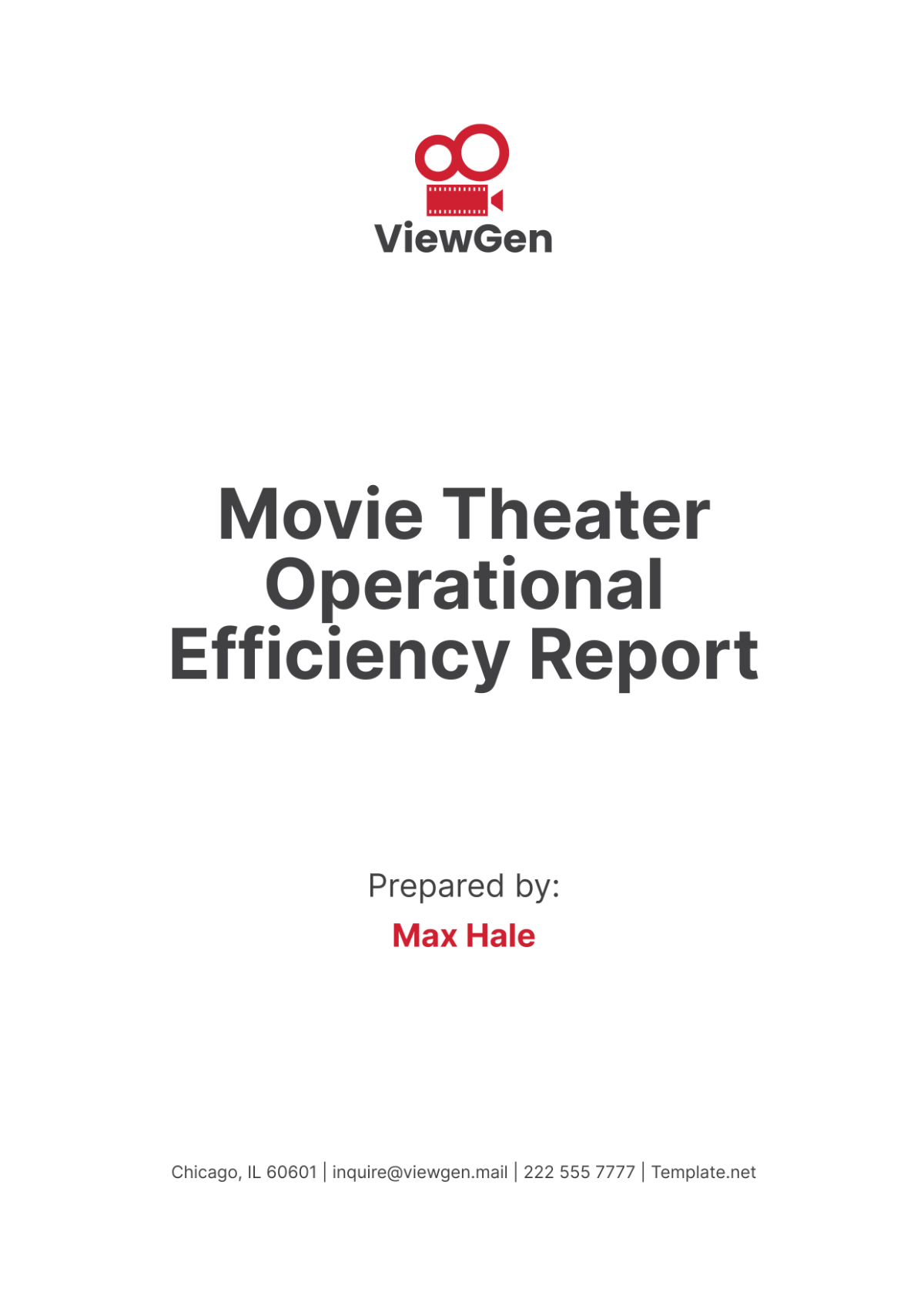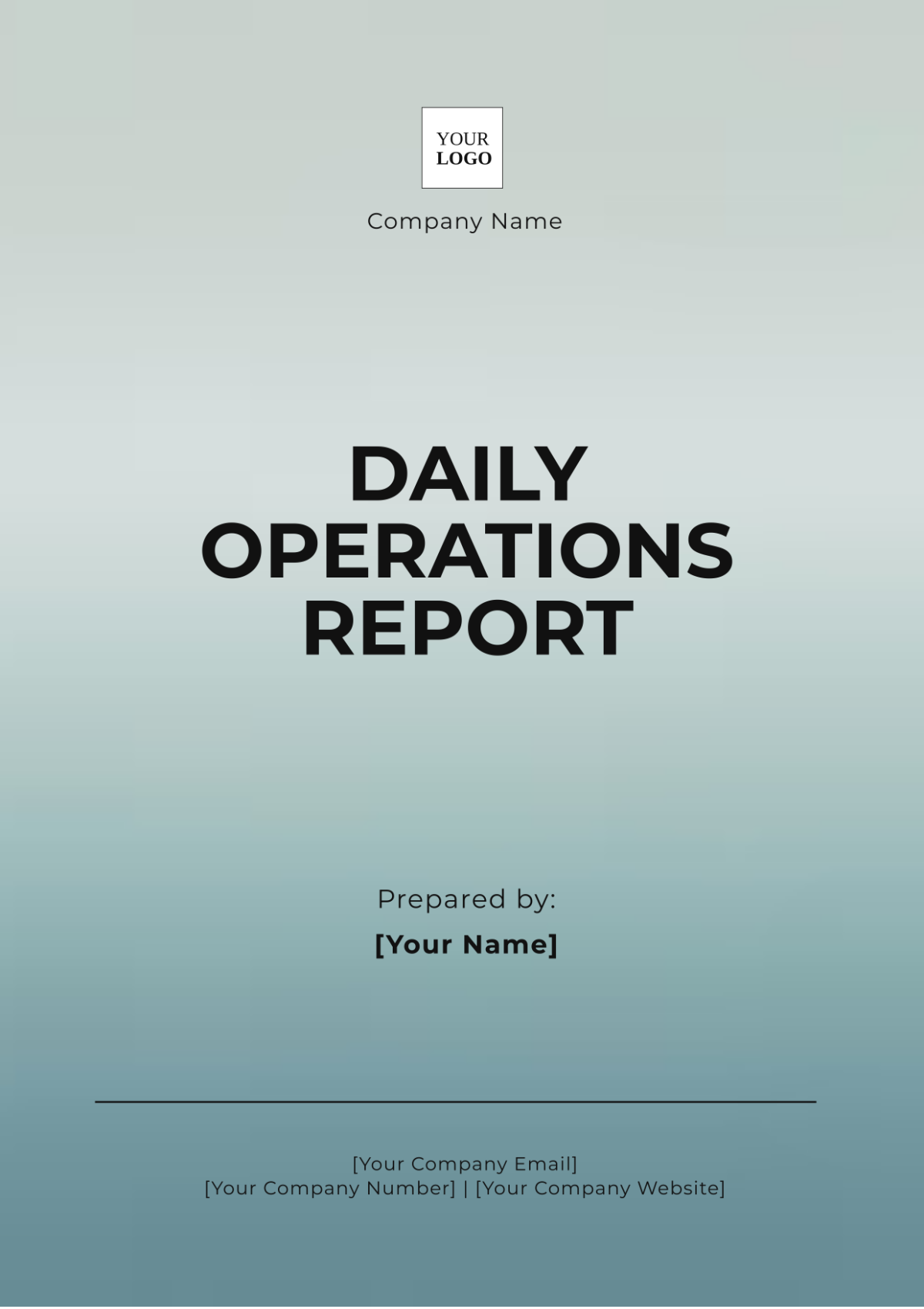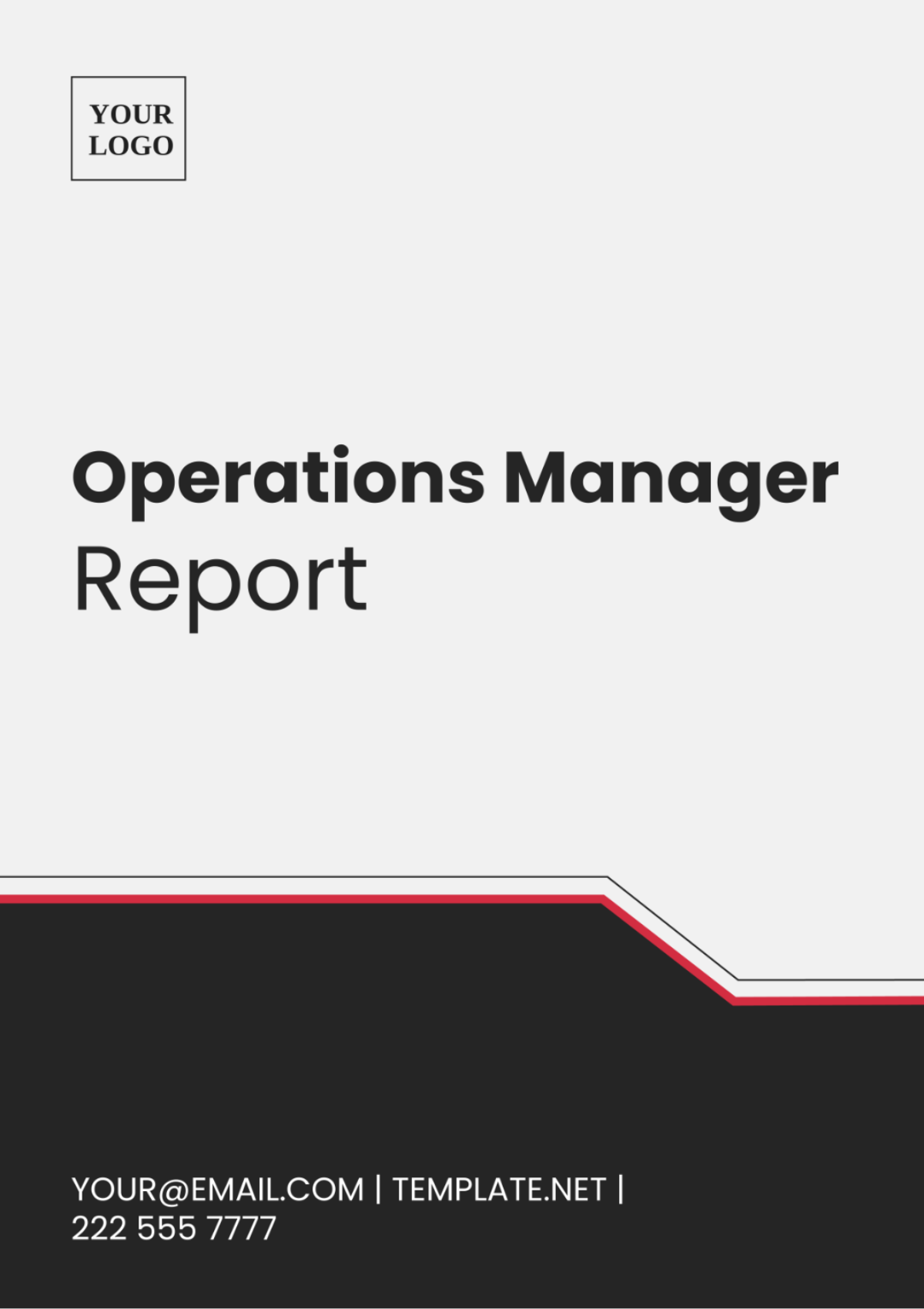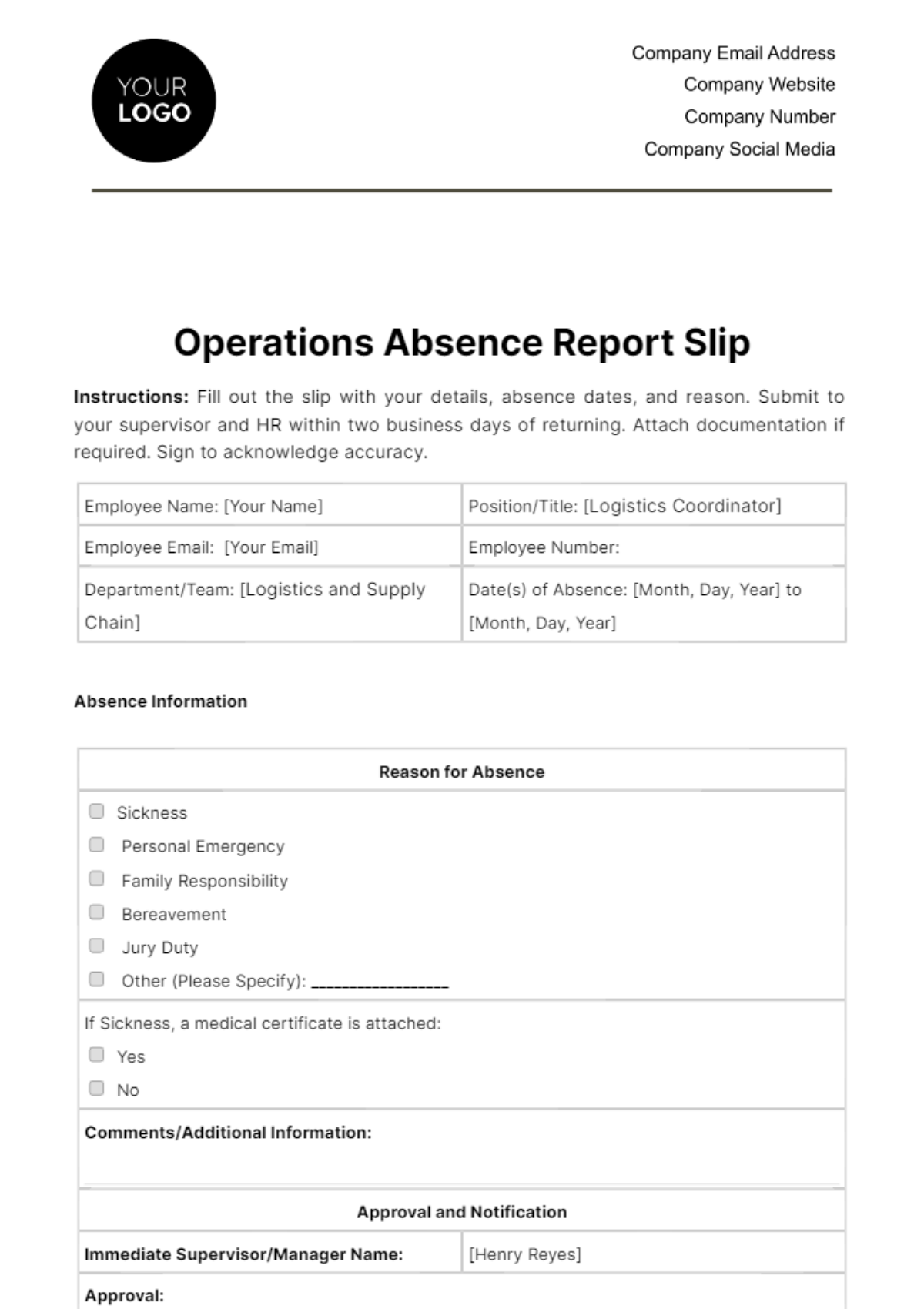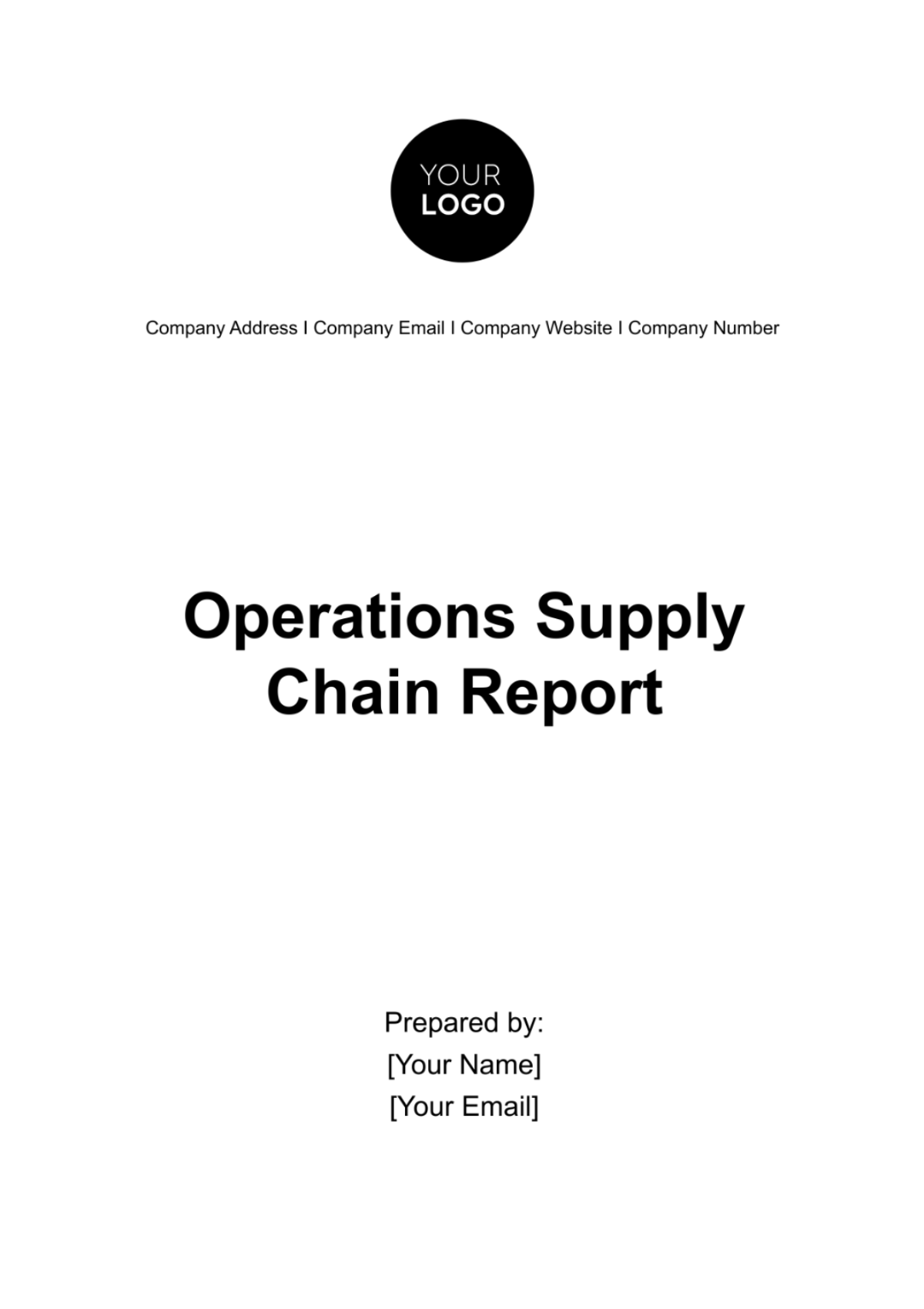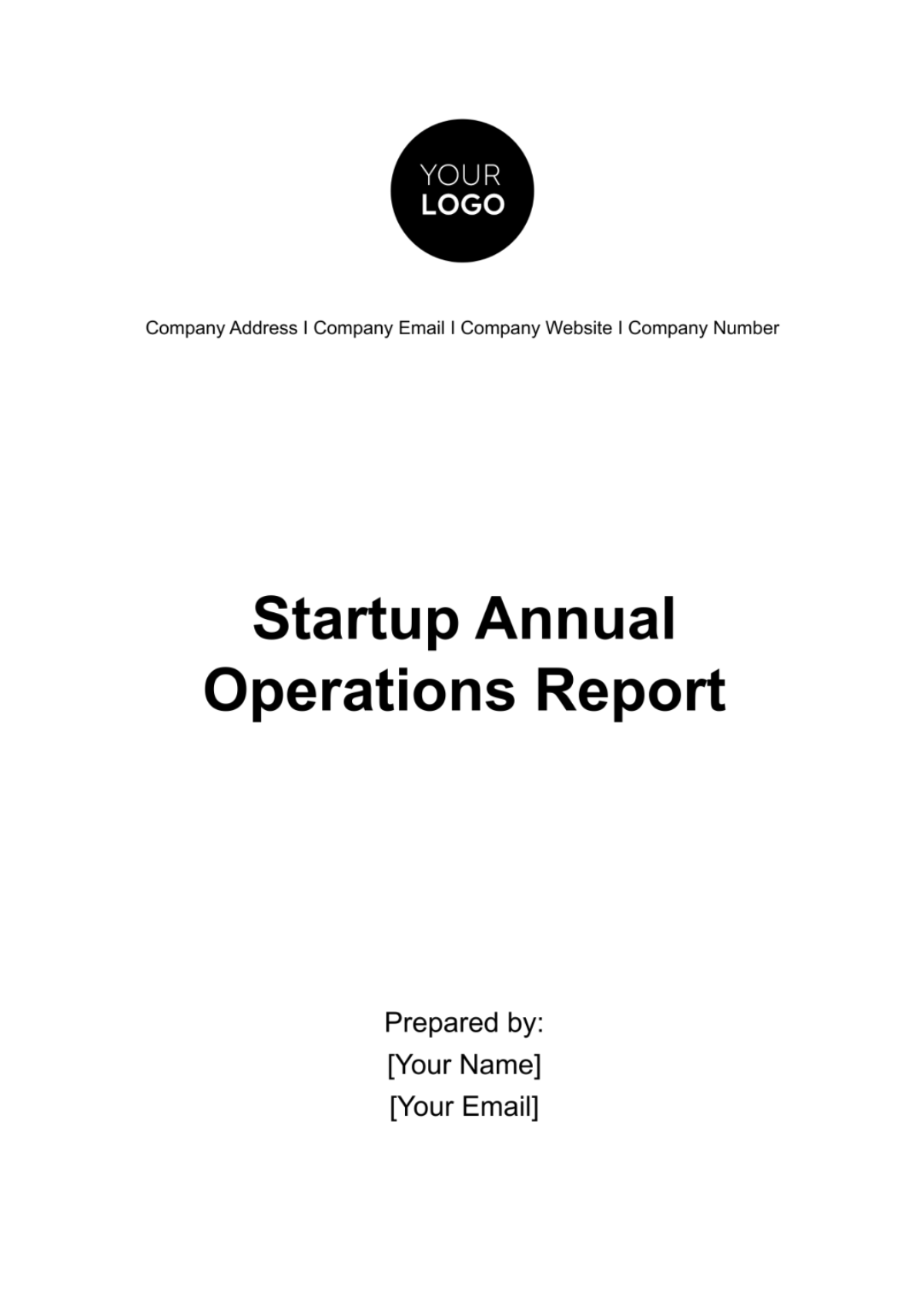Operations Supply Chain Risk Management Report
[Your Company Name]
[Your Company Address]
1. Executive Summary
This report analyzes current supply chain risks due to the global pandemic and geopolitical tensions, identifying key issues like supplier dependency, logistic disruptions, and cybersecurity threats. These risks could increase costs by 15% and reduce service efficiency by 20% next fiscal year. To mitigate this, we propose diversifying suppliers, improving logistics plans, and strengthening cybersecurity, potentially enhancing operational efficiency by 10% and cutting costs by 5%.
2. Introduction
Our report highlights the critical importance of effective supply chain risk management in today's global business environment. With challenges like fluctuating market demands and geopolitical instability, we analyze potential vulnerabilities from procurement to distribution. By adopting a comprehensive approach, we aim to strengthen resilience and ensure our supply chain remains a pillar of competitive strategy and operational excellence.
3. Supply Chain Risk Assessment
Our global supply chain sources materials from over 20 countries and depends on logistics partners worldwide, presenting both opportunities and risks. Evaluations highlight vulnerabilities in supplier reliability, logistics, and cybersecurity. Reliance on single-source suppliers and an ill-equipped logistics network demand a comprehensive risk assessment to address potential threats.
Risk | Category | Type |
Supplier Default | External | Financial/Operational |
Logistic Disruptions | External | Geopolitical/Operational |
Cybersecurity Threats | Internal/External | Technological |
Natural Disasters | External | Environmental |
Regulatory Changes | External | Legal/Compliance |
Market Demand Fluctuations | External | Economic |
Intellectual Property Breaches | Internal/External | Legal/Technological |
4. Risk Analysis
To prioritize our risk management efforts, we've applied a likelihood and impact scale, assessing each identified risk's potential effect on our supply chain operations.
Risk | Likelihood (1-5) | Impact (1-5) |
Supplier Default | 4 | 5 |
Logistic Disruptions | 3 | 4 |
Cybersecurity Threats | 2 | 5 |
Natural Disasters | 2 | 3 |
Regulatory Changes | 3 | 4 |
Market Demand Fluctuations | 4 | 3 |
Intellectual Property Breaches | 2 | 5 |
Supplier Default: High likelihood and impact due to our current over-reliance on specific key suppliers. A default could severely disrupt our production lines and increase costs.
Logistic Disruptions: Moderately high likelihood given recent geopolitical tensions and operational challenges. The impact, although significant, is somewhat mitigated by our diversified logistics strategies.
Cybersecurity Threats: While less likely due to our existing security measures, the impact of a successful attack could be devastating, affecting our operational integrity and customer trust.
Natural Disasters: Given our global footprint, the likelihood varies by region, but the overall impact is moderate, affecting localized supply chains.
Regulatory Changes: Changes in international trade laws or local regulations pose a moderate risk, potentially impacting our ability to operate efficiently across borders.
Market Demand Fluctuations: High likelihood of occurring, especially in volatile markets, but with a manageable impact due to our flexible production capabilities.
Intellectual Property Breaches: Though less likely due to strict internal controls, the impact on our brand and competitive position could be severe.
5. Risk Mitigation Strategies
In light of the identified risks and their potential impacts on our supply chain, we have devised a set of strategic mitigation measures. These strategies are designed to enhance our resilience, ensure continuity of operations, and safeguard against critical vulnerabilities. Each mitigation strategy has been evaluated for its effectiveness, considering both its potential to reduce risk and its feasibility of implementation.
Risk | Mitigation Strategy | Effectiveness (1-5) |
Supplier Default | Diversify supplier base and develop secondary suppliers | 5 |
Logistic Disruptions | Implement flexible routing and multi-modal transportation options | 4 |
Cybersecurity Threats | Strengthen cybersecurity protocols and conduct regular audits | 5 |
Natural Disasters | Establish disaster recovery plans and regional stockpiles | 4 |
Regulatory Changes | Continuous monitoring of regulatory environments and compliance training | 4 |
Market Demand Fluctuations | Enhance demand forecasting with AI and flexible manufacturing processes | 3 |
Intellectual Property Breaches | Implement advanced IP protection measures and employee training | 5 |
The effectiveness scores assigned to each mitigation strategy are based on our recent experiences, analysis of outcomes, and the alignment of these strategies with our operational realities and risk management objectives.
Supplier Default: Diversifying our supplier base scored a 5 for effectively reducing production delays and cost overruns, ensuring operational continuity by quickly addressing supply chain gaps.
Logistic Disruptions: Flexible routing and multi-modal transportation, scored a 4, significantly reducing shipping delays and costs but struggle with global disruptions, though they effectively maintain shipments during regional issues.
Cybersecurity Threats: Implementing stronger cybersecurity protocols and regular audits scored a 5 for their critical role in protecting digital infrastructure and data. Since these enhancements, we've successfully prevented many attacks without significant breaches, proving their effectiveness.
Natural Disasters: Disaster recovery plans and regional stockpiles scored 4 for effectively minimizing natural disaster impacts by ensuring quick service restoration and critical inventory availability, despite limitations in predicting large-scale events.
Regulatory Changes: Continuous monitoring of regulations and compliance training scored a 4. It's crucial for quick adaptation to new rules, reducing non-compliance risks. However, constant regulatory changes hinder a perfect score.
Market Demand Fluctuations: AI-enhanced demand forecasting and flexible manufacturing scored 3; it improves inventory management but struggles with data accuracy and unpredictable consumer behavior, failing to fully address sudden market shifts.
Intellectual Property Breaches: Advanced IP protection and employee training scored a 5, proving highly effective in preventing unauthorized access and misuse of our intellectual property and reducing IP-related incidents, underscoring the importance of robust IP protection.
6. Case Studies
Case Study 1: Supplier Default During the Global Chip Shortage
During the recent global semiconductor shortage, we faced significant delays from a key supplier that defaulted under pressure. By activating our secondary supplier relationships, we mitigated the impact, showcasing the effectiveness of supplier diversification.
Case Study 2: Hurricane Impact on Logistics
A major hurricane disrupted our logistics operations in the southeastern United States. Our flexible routing strategy enabled us to quickly adjust shipping routes and modes of transport, minimizing delivery delays and maintaining customer satisfaction.
Case Study 3: Cybersecurity Breach Attempt
A sophisticated cyber-attack targeted our IT infrastructure. Thanks to our robust cybersecurity protocols and rapid response team, the attempt was thwarted with no data breach occurring. This incident underscored the importance of continuous investment in cybersecurity measures.
7. Implementation Plan
To ensure the effective execution of our risk mitigation strategies, a detailed implementation plan has been developed.
Step | Timeline | Responsibility |
Diversify Supplier Base | Procurement Team | |
Develop Flexible Transportation Routes | Logistics Team | |
Strengthen Cybersecurity Measures | IT Security Team | |
Establish Disaster Recovery Plans | Operations Team | |
Monitor Regulatory Changes | Compliance Team | |
Implement AI for Demand Forecasting | Data Analysis Team | |
Enhance IP Protection Measures | Legal and IT Teams |
8. Monitoring and Reporting
Ongoing monitoring and reporting are crucial for maintaining supply chain resilience and ensuring the effectiveness of our risk mitigation strategies. We have established a set of key performance indicators (KPIs) to track our progress and identify areas requiring attention.
Key Indicator | Threshold |
Supplier On-Time Delivery Rate | Below 95% triggers review |
Logistics Disruption Frequency | More than 2 incidents per quarter |
Cybersecurity Incident Reports | Any breach attempt |
Inventory Levels in Disaster Areas | Falling below 30-day supply |
Compliance Violation Incidents | Any incident |
Demand Forecast Accuracy | Below 80% accuracy |
IP Breach Attempts | Any attempt detected |
Our monitoring approach includes regular audits of key indicators, monthly management reports, and prompt reviews if thresholds are exceeded. A cross-functional team ensures comprehensive supply chain oversight. We also have a quarterly review of risk mitigation strategies to enhance effectiveness, ensuring our supply chain stays resilient and optimized.
